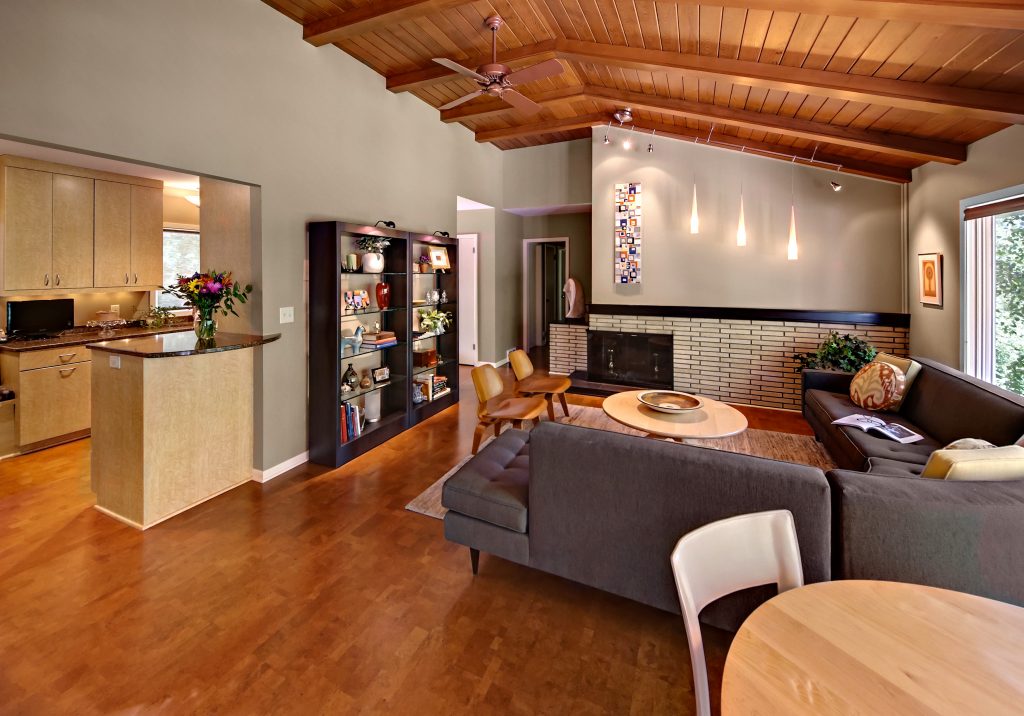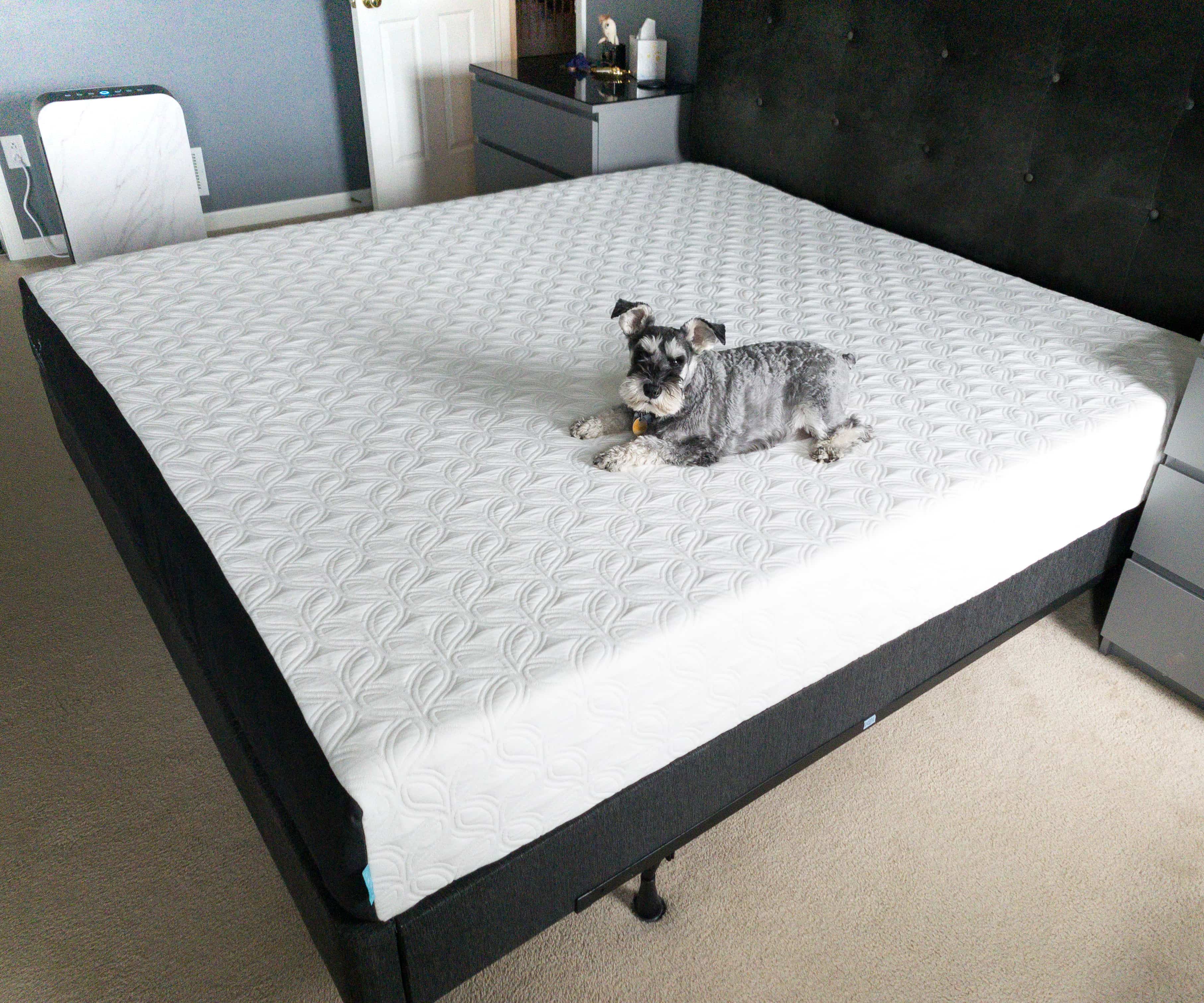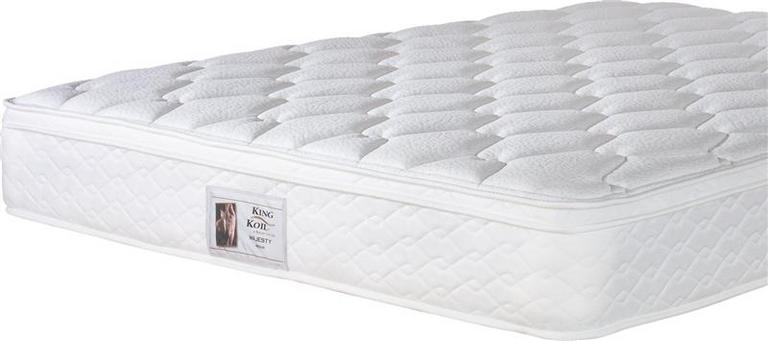When it comes to designing your living room, one of the most important decisions you'll make is choosing the right interior color. The color you choose can set the tone for the entire space and greatly affect the overall feel and ambiance. So how do you make the right choice? The first step is to think about the atmosphere you want to create in your living room. Do you want it to be cozy and intimate, or bright and lively? This will help guide your color selection. For a cozy feel, warm and neutral colors like beige and taupe are great options, while yellow and orange can add a sense of energy and warmth to the space. On the other hand, if you want a more vibrant and lively living room, consider incorporating bold and bright colors like red and blue. These colors can make a statement and add a pop of personality to your space. Ultimately, the key is to choose a color that speaks to you and reflects your personal style. Don't be afraid to experiment and have fun with it!1. Choosing the Right Interior Color for Your Living Room
Looking for some inspiration for your living room color scheme? We've got you covered! Here are some stylish color ideas to help you create a beautiful and inviting living room. If you want a classic and timeless look, consider a neutral color palette. Shades like gray, white, and cream are versatile and can easily be accented with pops of color through accessories and decor. They also provide a great backdrop for showcasing statement furniture pieces. For a more modern and chic look, try incorporating pastel colors into your living room. Soft hues like blush pink, mint green, and baby blue can add a touch of elegance and sophistication to the space. If you're feeling bold and want to make a statement, consider a dark color like navy blue or emerald green. These deep, rich shades can create a dramatic and moody atmosphere, perfect for creating a cozy and intimate living room. Remember, there are no rules when it comes to choosing colors for your living room. Trust your instincts and have fun with it!2. Living Room Color Ideas for a Stylish Interior
Color is a powerful tool in interior design and can greatly impact the look and feel of a room. When it comes to your living room, there are a few key ways to use color to create a cohesive and visually appealing space. First, consider the lighting in your living room. Natural light can greatly affect how colors appear in a room, so take note of how much natural light your living room gets throughout the day. If it's on the darker side, you may want to avoid using too many dark colors, as they can make the space feel even smaller and more dim. Next, think about the size of your living room. If you have a smaller space, using light and neutral colors can help make the room feel more open and airy. On the other hand, if you have a larger living room, you can experiment with darker colors and bold patterns without overwhelming the space. Finally, consider the mood you want to create in your living room. Colors can evoke different emotions and set a specific tone for the space. For example, blue is known for its calming and serene qualities, while yellow can create a sense of energy and happiness. By keeping these factors in mind, you can use color effectively to enhance the overall design of your living room.3. How to Use Color in Your Living Room Interior Design
One of the most important decisions you'll make when it comes to your living room color scheme is choosing the right paint color. To make things easier, here are some of the best interior paint colors that are perfect for a living room. Beige is a timeless and versatile color that can work with a variety of design styles. It's warm and inviting, making it a great choice for creating a cozy and welcoming living room. Plus, it pairs well with almost any other color, making it easy to accessorize and change up the look of your living room over time. If you want to add a touch of sophistication and elegance to your living room, consider using gray. This color has become increasingly popular in recent years and can create a modern and chic atmosphere. You can also experiment with different shades of gray, from light and airy to dark and moody. For a bright and cheerful living room, yellow is a great choice. This color can instantly lift the mood of a space and add a sense of warmth and energy. It's also a great option for smaller living rooms, as it can make the room feel larger and more open. Remember, the best paint color for your living room is ultimately the one that you love and feel most comfortable in. Don't be afraid to take risks and choose a color that speaks to your personal style and taste.4. The Best Interior Paint Colors for a Living Room
There's nothing quite like a cozy living room, and using warm interior colors can help you achieve just that. Warm colors can create an inviting and intimate atmosphere, perfect for relaxing and spending time with loved ones. One of the best warm colors to use in your living room is red. This color is known for its warmth and energy, and can instantly add a sense of coziness to a space. You can incorporate red through accent pieces like throw pillows, rugs, and curtains, or go bolder and paint an accent wall in this vibrant shade. Orange is another great warm color that can create a cozy living room. It's a versatile shade that can range from soft and muted to bold and bright, so you can choose the intensity that best suits your personal style. Orange also pairs well with other warm colors like yellow and red, as well as neutral tones like gray and white. When using warm colors in your living room, it's important to balance them out with cool tones as well. This will prevent the room from feeling too overwhelming and create a well-rounded and harmonious color scheme.5. Creating a Cozy Living Room with Warm Interior Colors
Neutral colors are a popular choice for living room interiors, and for good reason. They can create a calming and timeless atmosphere, and serve as a great base for incorporating pops of color and pattern into your space. White is a classic neutral color that can make a small living room feel more open and spacious. It also reflects light, making the space appear brighter and more airy. You can use white as the main color in your living room, or as an accent through furniture and decor. Beige and gray are also popular neutral colors that can add warmth and depth to a living room. These colors work well with a variety of design styles and can be easily accented with other colors. They also provide a great backdrop for showcasing statement pieces like a colorful sofa or artwork. Using neutral colors in your living room can also create a sense of cohesion throughout your home, as they can flow seamlessly from room to room. Plus, they provide a blank canvas for you to switch up your decor and color scheme whenever you want.6. Using Neutral Colors in Your Living Room Interior
If you love color and want to make a statement in your living room, don't be afraid to go bold and bright! Adding pops of color to your living room interior can create a fun and energetic space that reflects your personality. One way to add color to your living room is through a statement piece. This could be a brightly colored sofa, a vibrant piece of artwork, or a bold rug. By choosing one main piece to be the focal point, you can keep the rest of the room more neutral and let the color shine. You can also add color through accessories and decor. This allows you to switch up your color scheme easily and affordably, depending on your mood and the season. Think colorful throw pillows, curtains, and vases. Remember, adding color to your living room doesn't have to be intimidating. With a little creativity and willingness to take risks, you can create a beautiful and vibrant space that you'll love spending time in.7. Bold and Bright: Adding Color to Your Living Room Interior
Accent colors can add depth and interest to a living room interior, and they don't have to be limited to just one or two shades. In fact, incorporating multiple accent colors can create a dynamic and visually appealing space. One way to incorporate accent colors is through color blocking. This involves using bold and contrasting colors in different sections of the living room, such as painting one wall a bright color and another a different color. This can create a playful and modern look. Another way to incorporate accent colors is through layering. This involves using different shades of the same color throughout the room, creating a cohesive and harmonious look. For example, you could use shades of blue through your rug, throw pillows, and artwork. Don't be afraid to mix and match different accent colors in your living room. Just remember to keep the overall color scheme balanced and cohesive.8. Incorporating Accent Colors in Your Living Room Interior
Did you know that colors can affect our mood and emotions? This is known as color psychology, and it can be a useful tool when choosing the right interior color for your living room. Blue is often associated with feelings of calmness and tranquility, making it a great choice for a living room where you want to relax and unwind. It also has a cooling effect, making it a great color for rooms that receive a lot of natural light and can get warm. Green is another color that promotes a sense of calmness and balance. It's also associated with nature and the outdoors, making it a great color for bringing a touch of the outdoors into your living room. It can also add a sense of freshness and vitality to the space. Red is a bold and energetic color that is often associated with passion and excitement. It can add a sense of warmth and coziness to a living room, making it a great choice for colder climates. However, be careful not to use too much red, as it can also evoke feelings of anger and aggression if overused. By understanding color psychology, you can choose a color for your living room interior that not only reflects your personal style, but also creates the desired mood and atmosphere in the space.9. Color Psychology: Choosing the Right Interior Color for Your Living Room
Creating a cohesive color scheme for your living room can seem like a daunting task, but it doesn't have to be. With a few simple steps, you can create a beautiful and harmonious color scheme that ties the whole room together. The first step is to choose a base color. This will be the main color that you use throughout the room, such as on the walls or larger pieces of furniture. From there, choose one or two accent colors that complement the base color and add depth to the space. Next, think about the color palette you want to create. Do you want a monochromatic scheme using different shades of the same color, or a complementary scheme using colors opposite each other on the color wheel? You can also experiment with different color combinations like triadic or analogous. Remember to also consider the balance of colors in the room. You don't want one color to overpower the others. Use the 60-30-10 rule, where 60% of the room is the base color, 30% is the accent color, and 10% is a pop of a third color. By following these steps and trusting your instincts, you can create a beautiful and cohesive color scheme for your living room interior.10. How to Create a Color Scheme for Your Living Room Interior
The Impact of Interior Colors on Your Living Room Design

Choosing the right colors for your living room
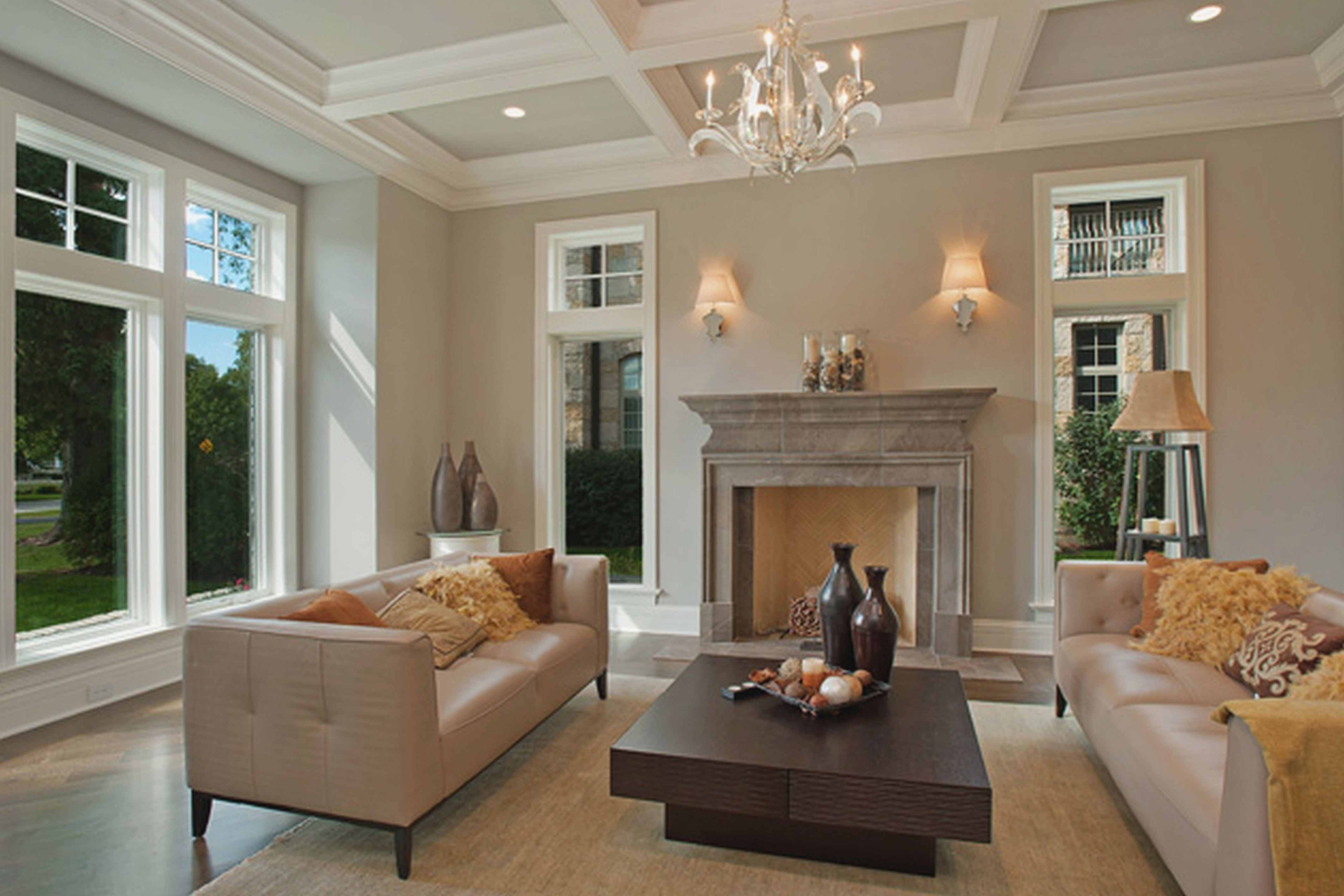 The interior color of your living room plays a crucial role in creating the overall ambiance and style of your house. It sets the mood, creates a sense of warmth and comfort, and reflects your personality and taste. Therefore, choosing the right colors for your living room is essential in creating a well-designed and inviting space.
Neutral colors
such as white, beige, and gray are popular choices for living rooms as they provide a clean and classic look. These colors also create a sense of openness and make the room feel more spacious. However, if you want to add some warmth and coziness, you can opt for
earth tones
like brown, tan, and green. These colors bring a natural and calming feel to the room, perfect for creating a relaxing atmosphere.
The interior color of your living room plays a crucial role in creating the overall ambiance and style of your house. It sets the mood, creates a sense of warmth and comfort, and reflects your personality and taste. Therefore, choosing the right colors for your living room is essential in creating a well-designed and inviting space.
Neutral colors
such as white, beige, and gray are popular choices for living rooms as they provide a clean and classic look. These colors also create a sense of openness and make the room feel more spacious. However, if you want to add some warmth and coziness, you can opt for
earth tones
like brown, tan, and green. These colors bring a natural and calming feel to the room, perfect for creating a relaxing atmosphere.
The psychology of colors
 It's important to consider the psychological effects of colors when choosing the interior color of your living room.
Red
, for example, is a bold and energetic color that can stimulate conversation and create a lively atmosphere. On the other hand,
blue
is a calming and serene color, perfect for creating a peaceful and relaxing space.
Yellow
is associated with happiness and can bring a cheerful and welcoming vibe to your living room.
It's important to consider the psychological effects of colors when choosing the interior color of your living room.
Red
, for example, is a bold and energetic color that can stimulate conversation and create a lively atmosphere. On the other hand,
blue
is a calming and serene color, perfect for creating a peaceful and relaxing space.
Yellow
is associated with happiness and can bring a cheerful and welcoming vibe to your living room.
Using color accents
 Incorporating
color accents
into your living room design is a great way to add a pop of color and create visual interest. You can do this by using colorful throw pillows, rugs, curtains, or even a statement piece of furniture. Just make sure to choose colors that complement each other and tie the room together.
Incorporating
color accents
into your living room design is a great way to add a pop of color and create visual interest. You can do this by using colorful throw pillows, rugs, curtains, or even a statement piece of furniture. Just make sure to choose colors that complement each other and tie the room together.
Creating a cohesive color scheme
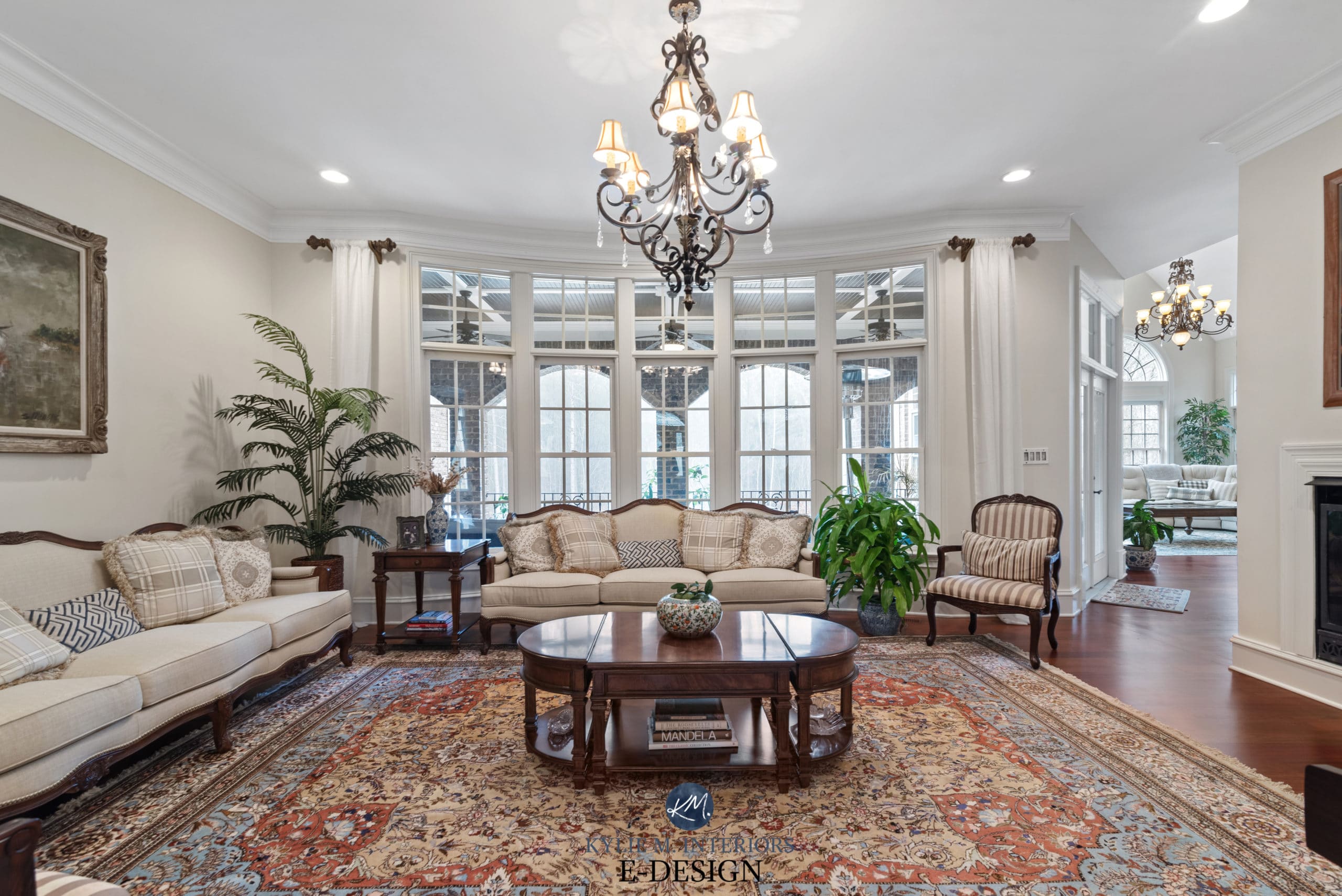 When designing your living room, it's important to create a cohesive color scheme that flows well throughout the space. This means choosing colors that work well together and complement each other. You can achieve this by using a
color wheel
to help you select colors that are opposite or adjacent to each other, creating a harmonious look.
In conclusion, the interior color of your living room is a crucial element in creating a well-designed and inviting space. By carefully choosing the right colors and creating a cohesive color scheme, you can create a living room that reflects your personality, sets the mood, and provides a warm and comfortable atmosphere for you and your guests. So go ahead, get creative, and give your living room the color it deserves!
When designing your living room, it's important to create a cohesive color scheme that flows well throughout the space. This means choosing colors that work well together and complement each other. You can achieve this by using a
color wheel
to help you select colors that are opposite or adjacent to each other, creating a harmonious look.
In conclusion, the interior color of your living room is a crucial element in creating a well-designed and inviting space. By carefully choosing the right colors and creating a cohesive color scheme, you can create a living room that reflects your personality, sets the mood, and provides a warm and comfortable atmosphere for you and your guests. So go ahead, get creative, and give your living room the color it deserves!






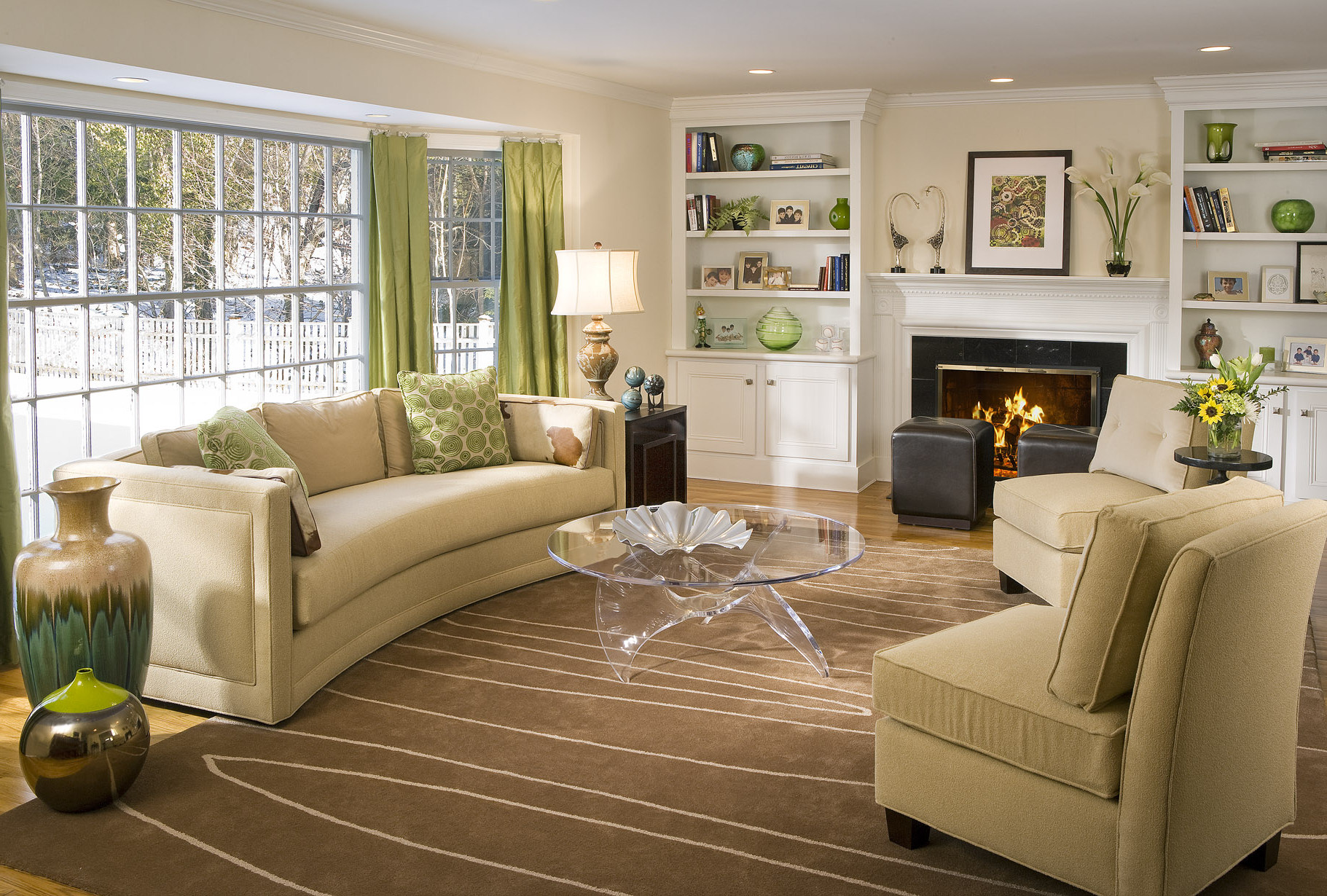
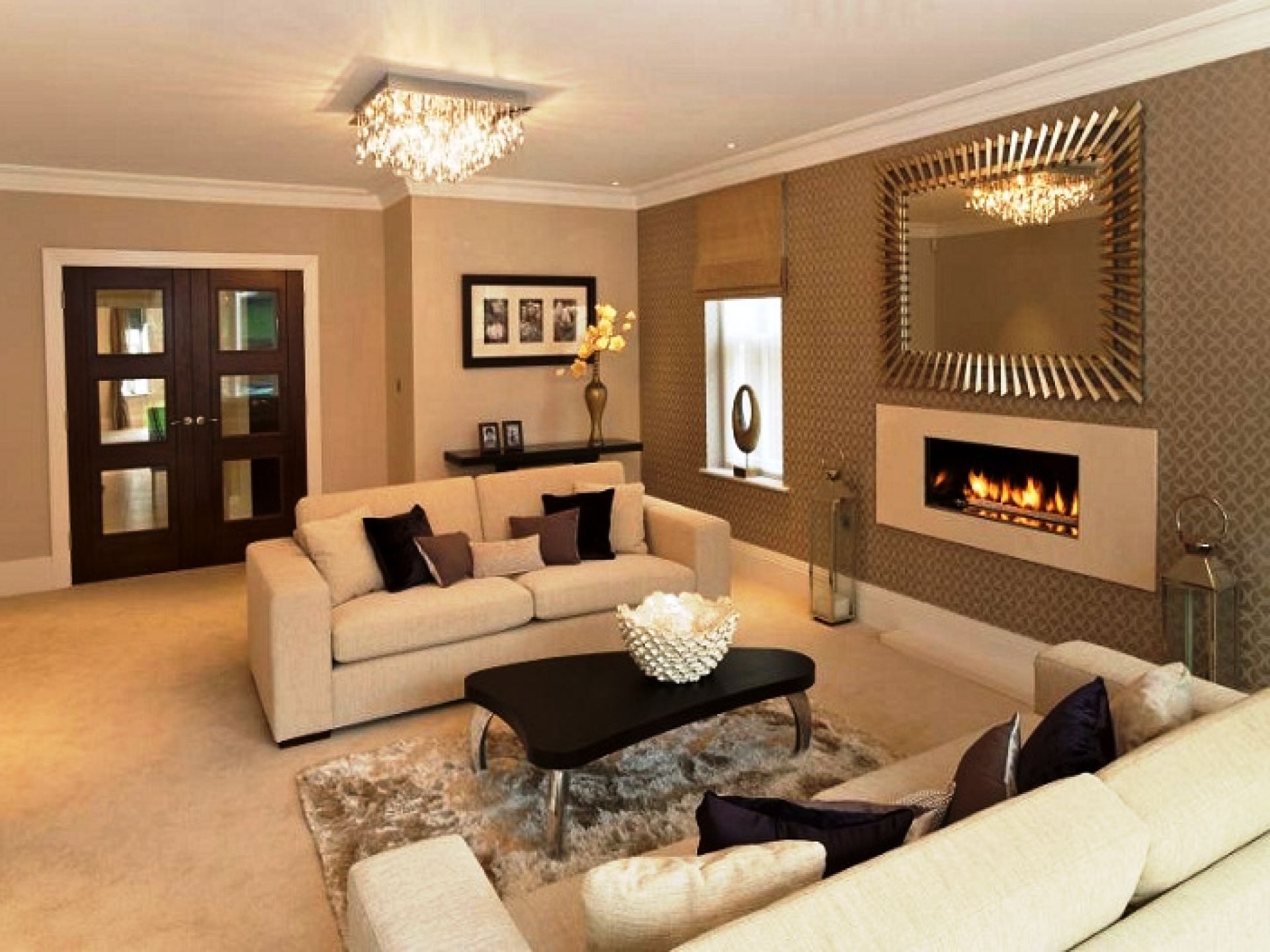

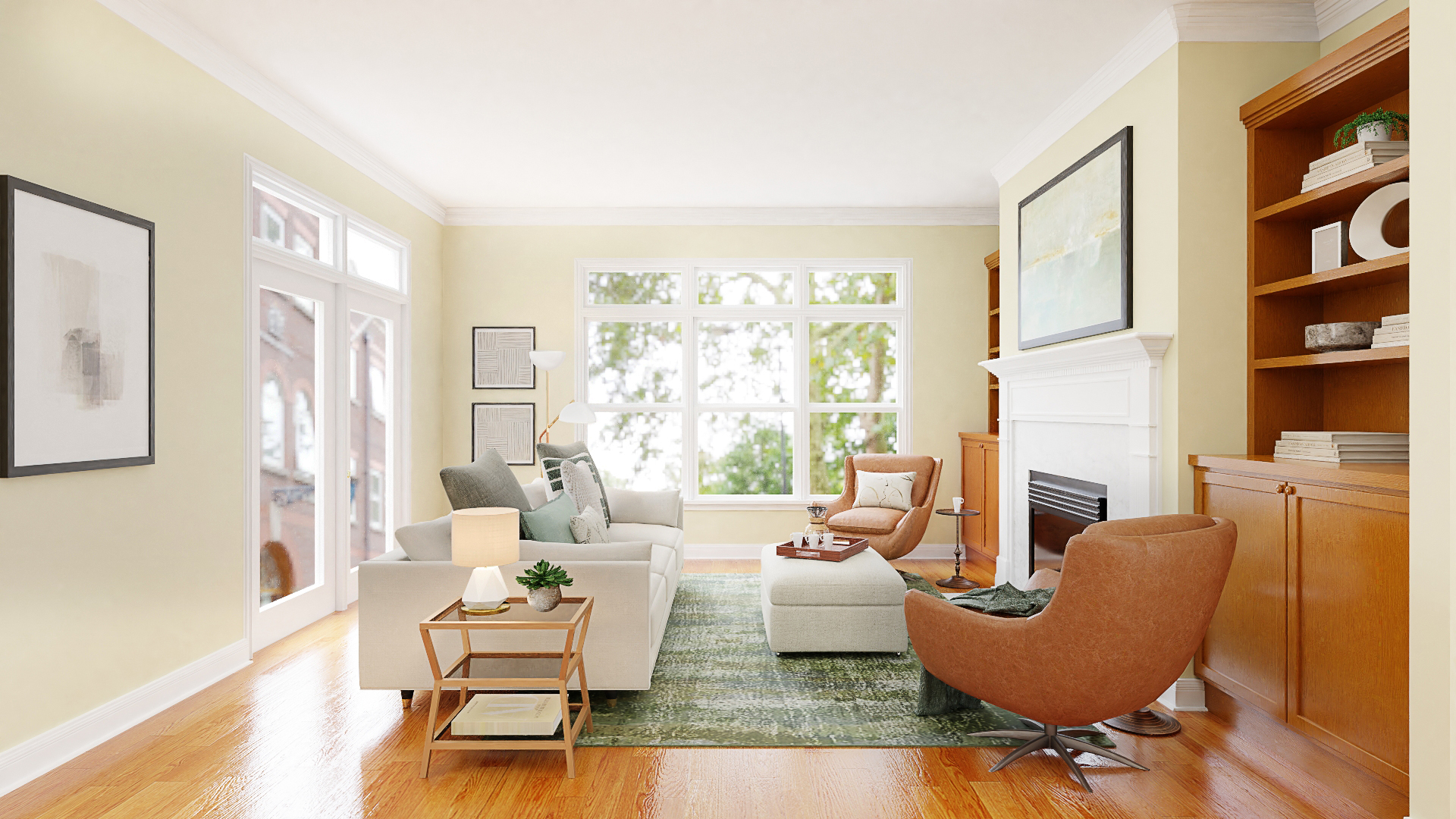



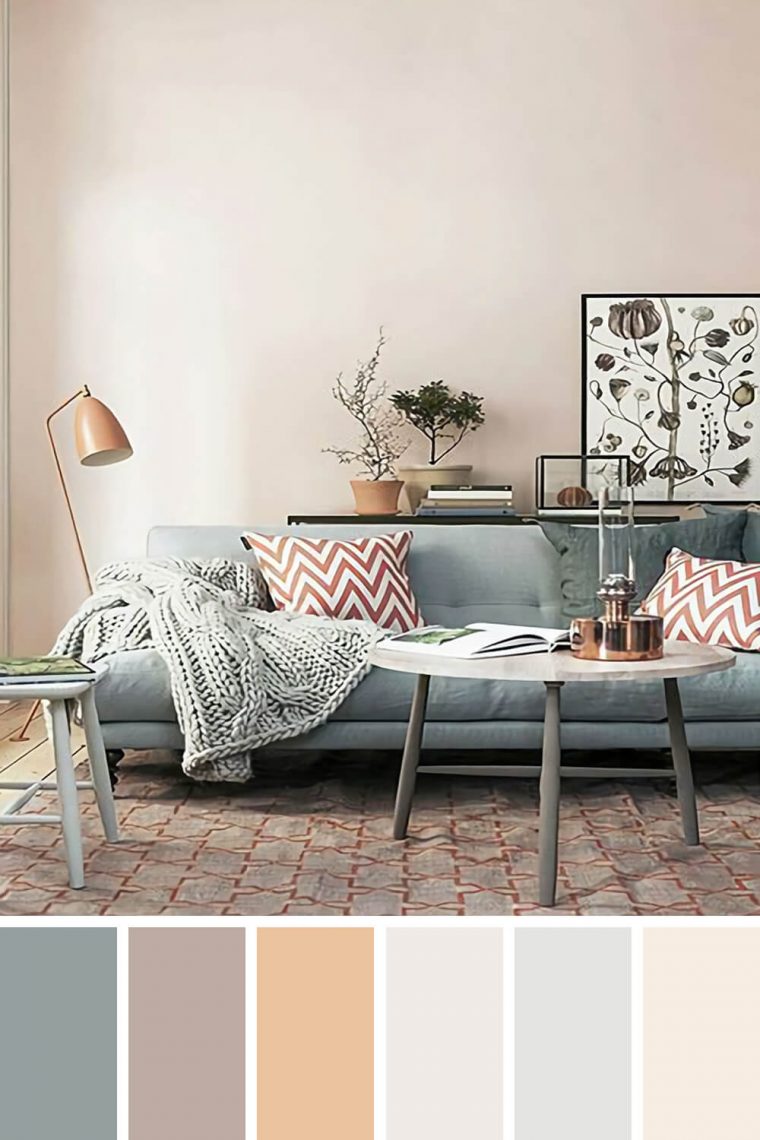
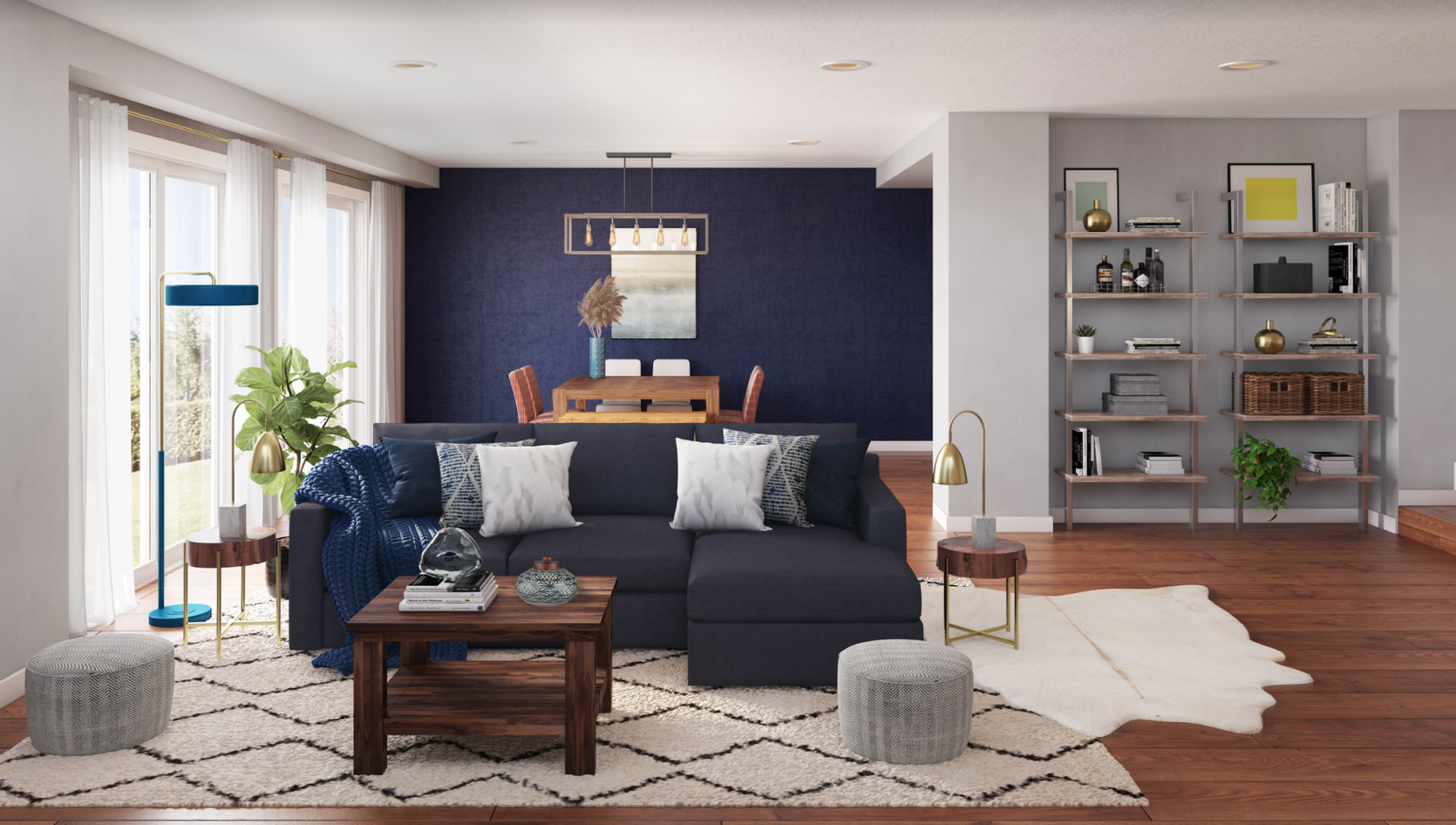

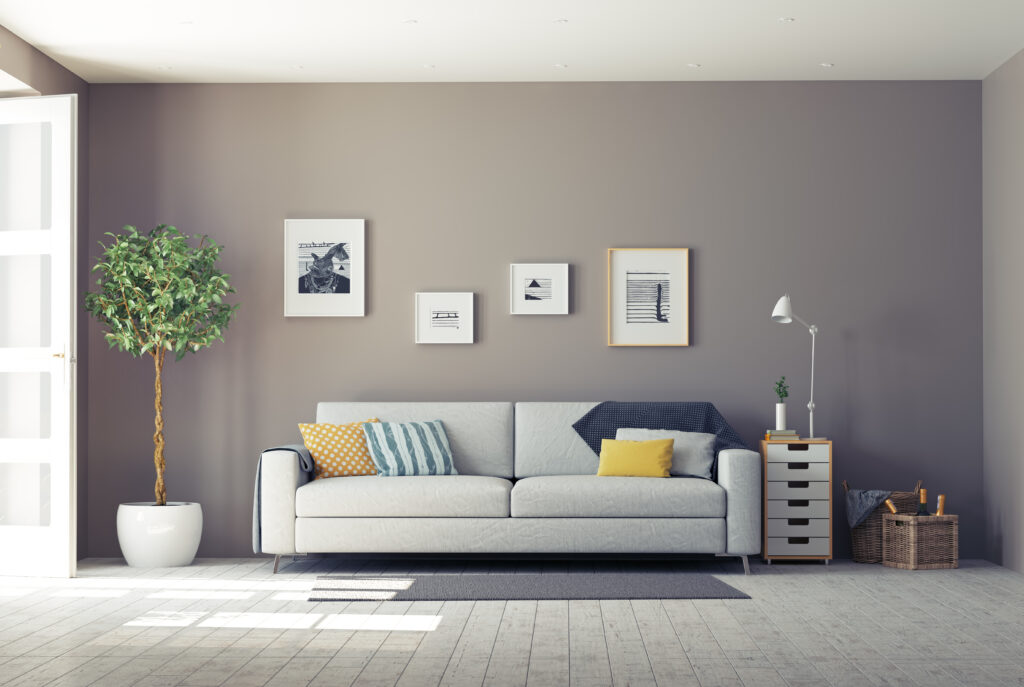


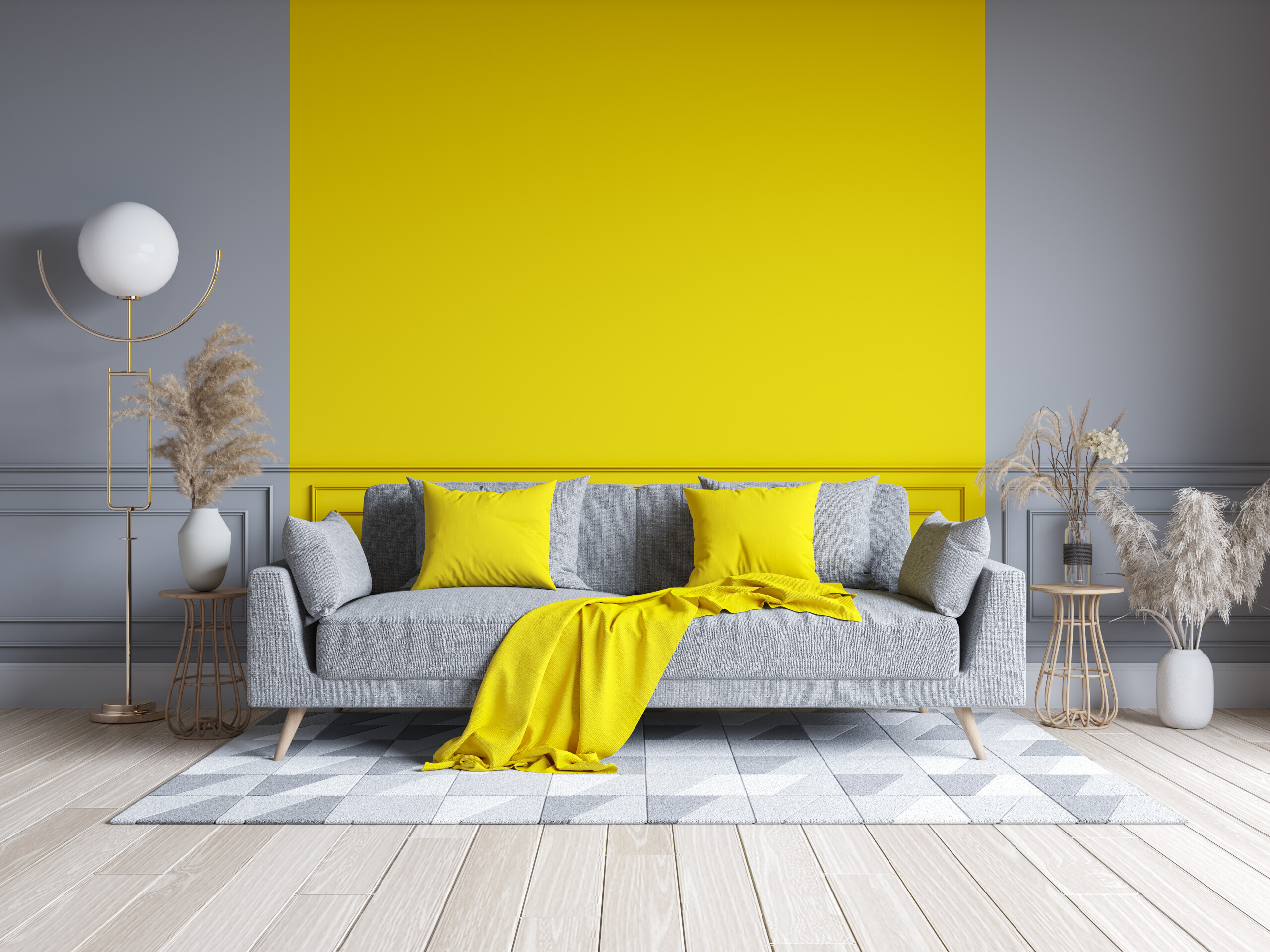

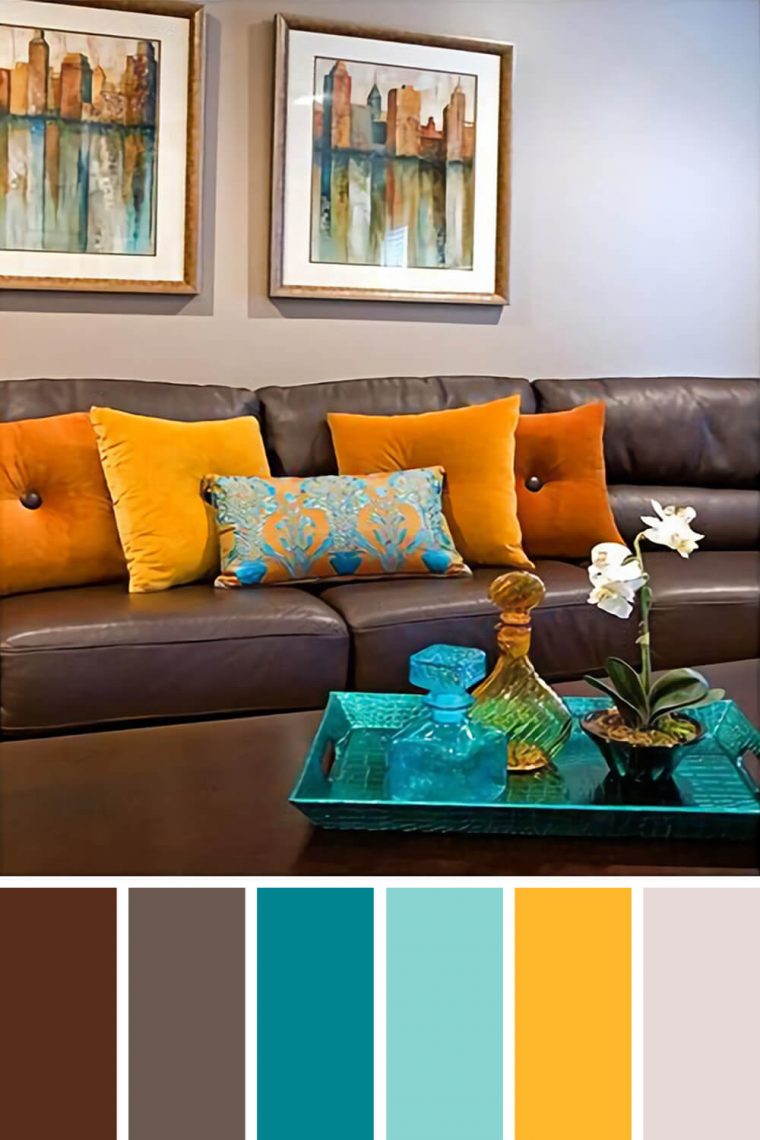



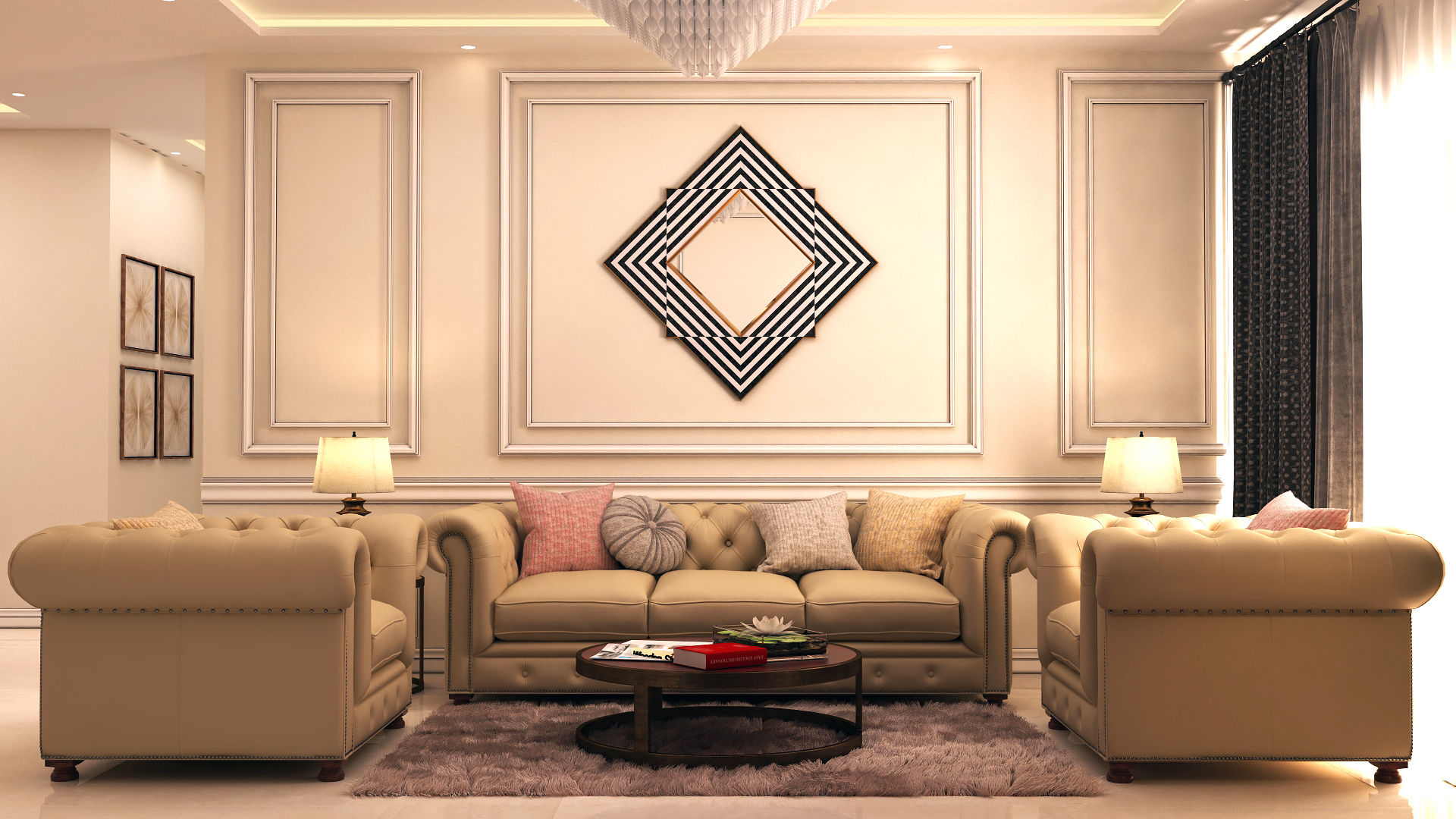



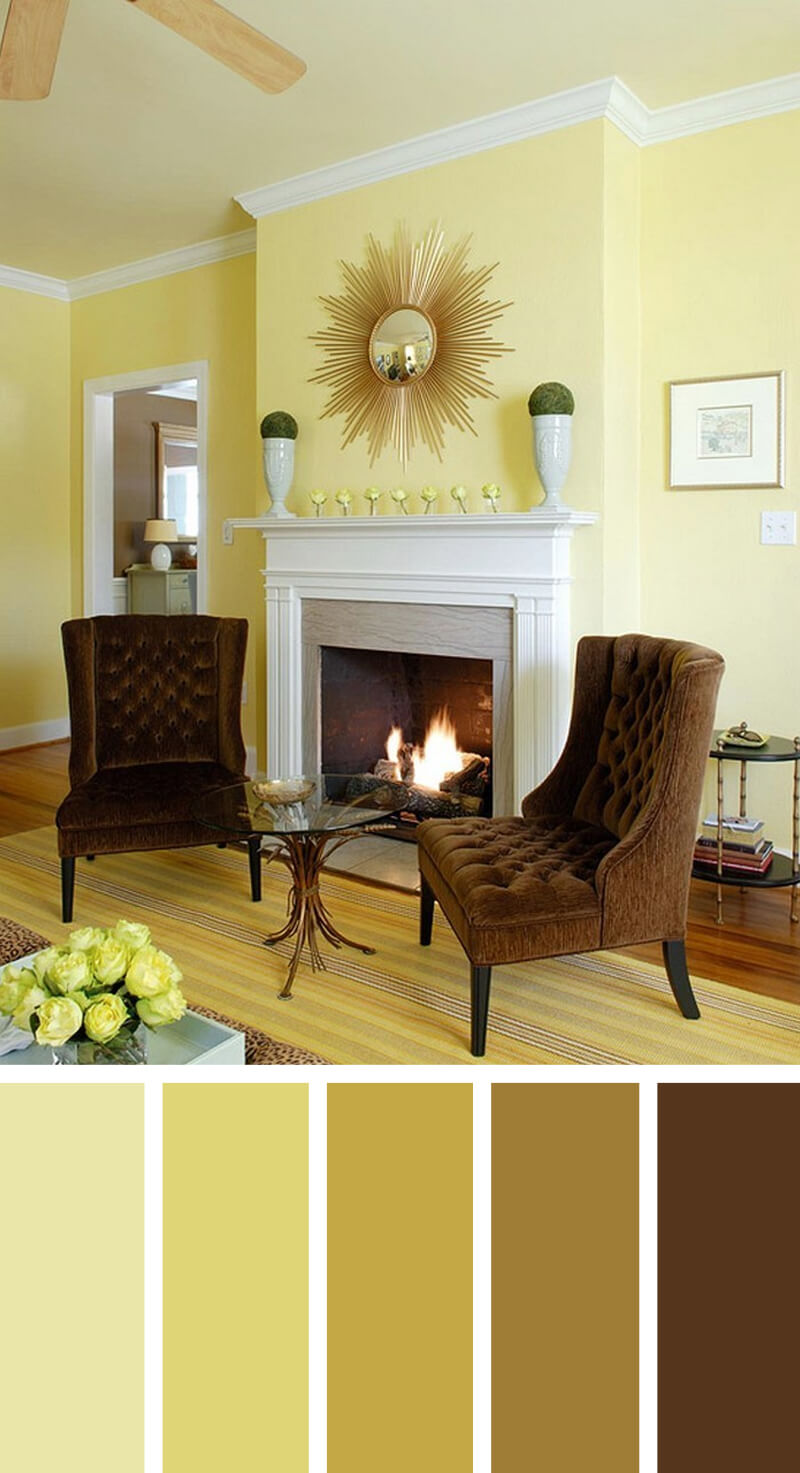
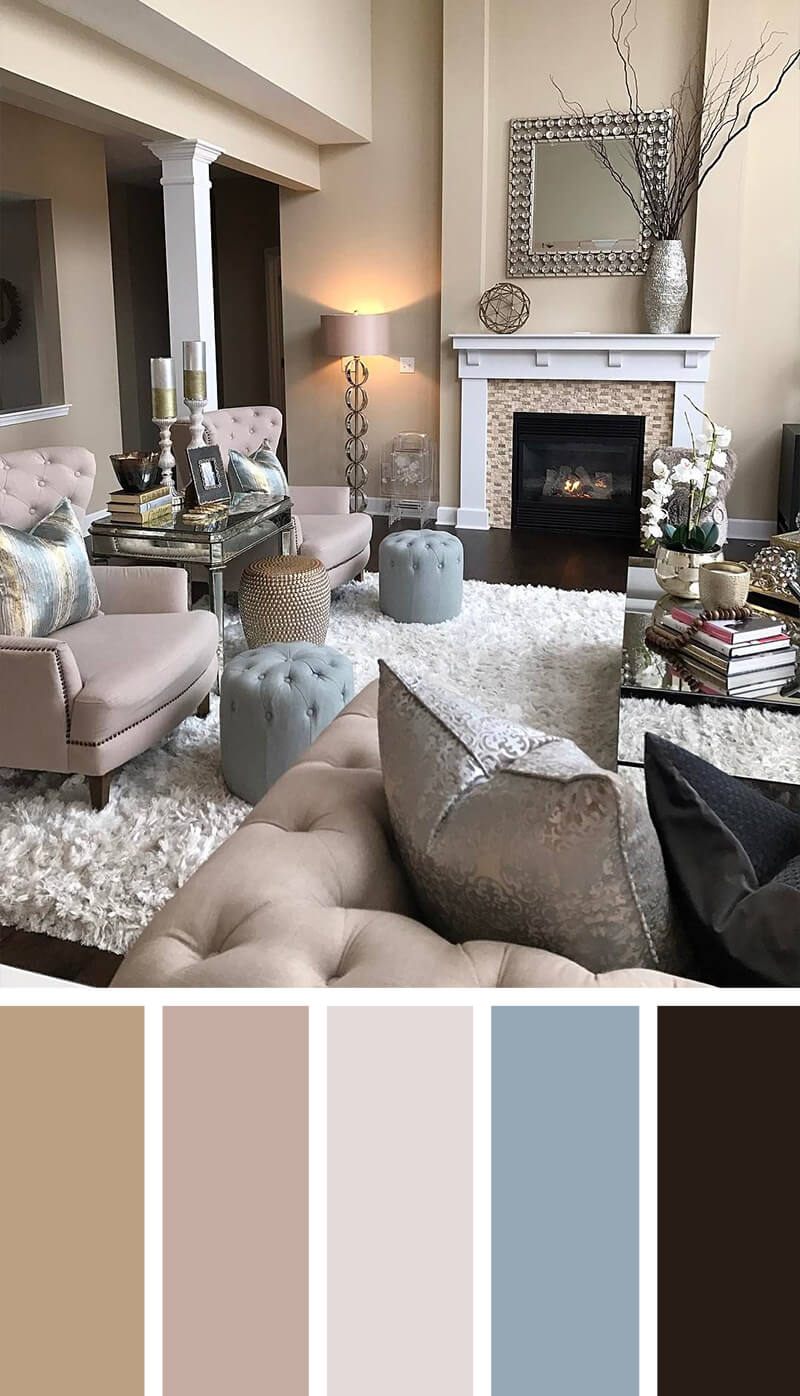
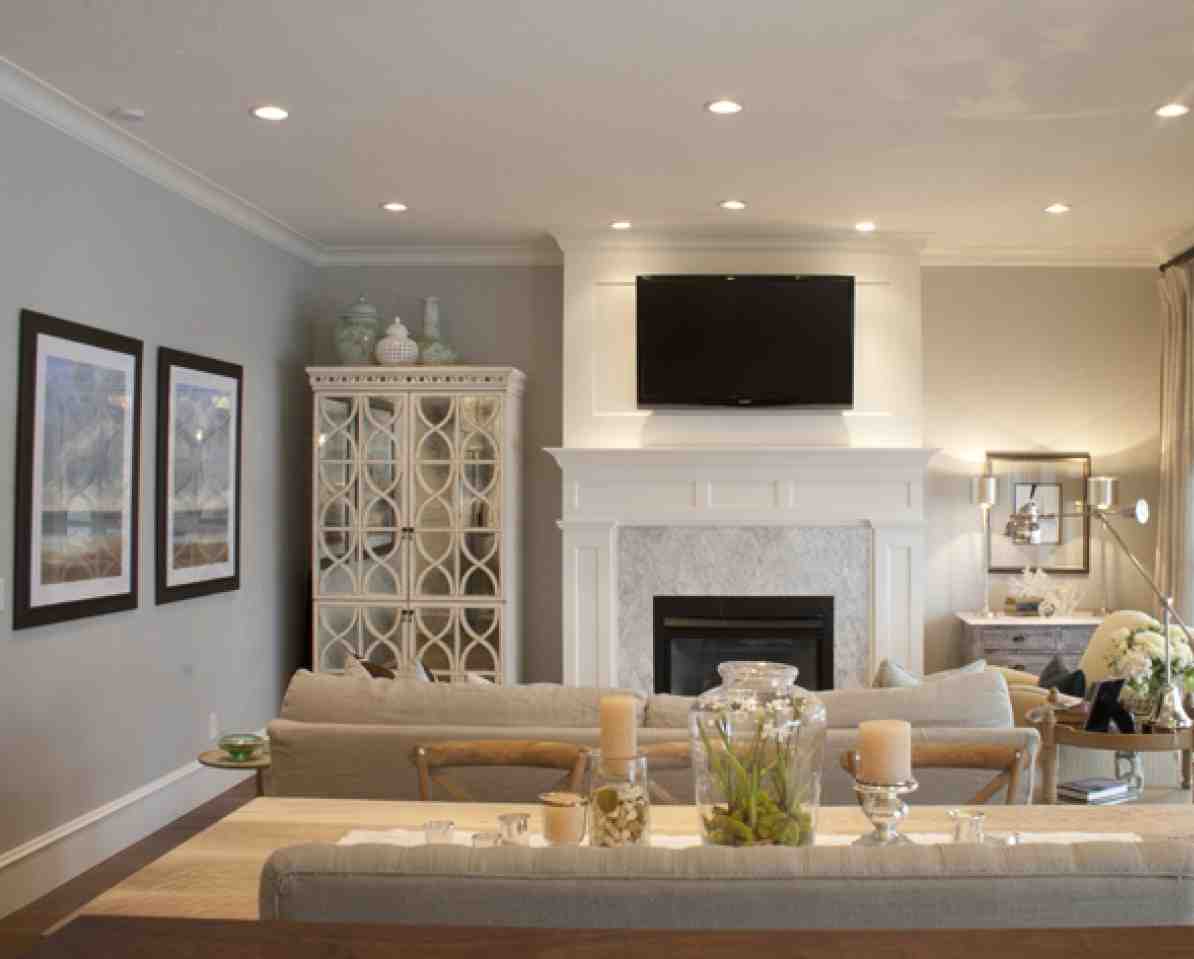
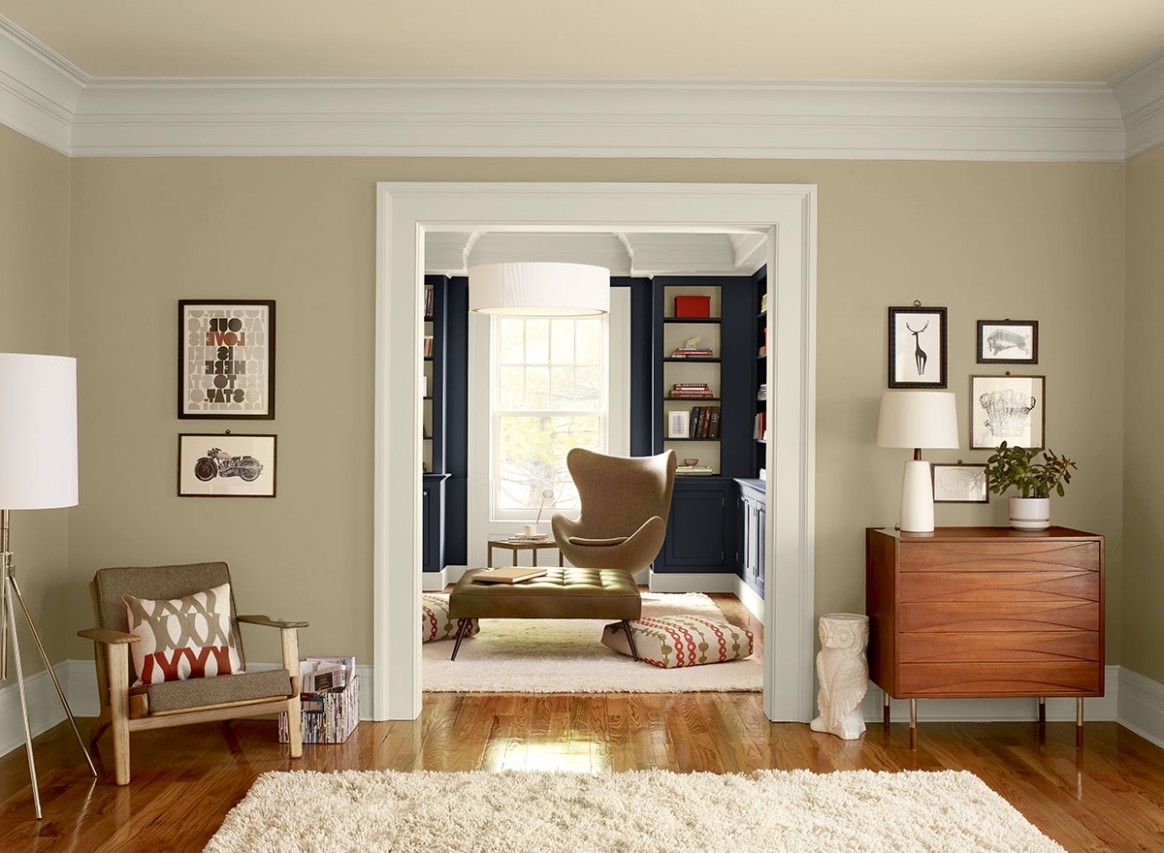

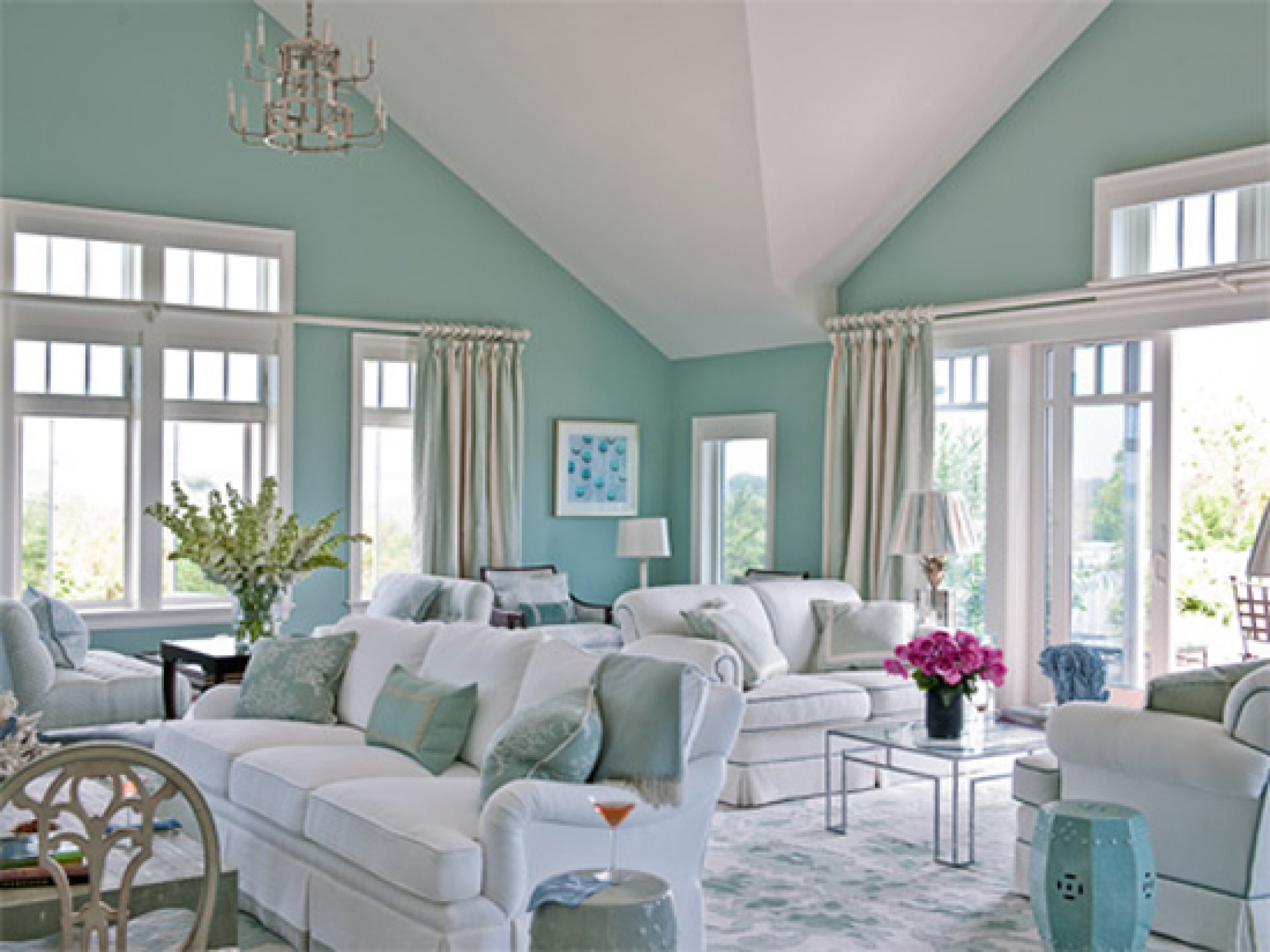

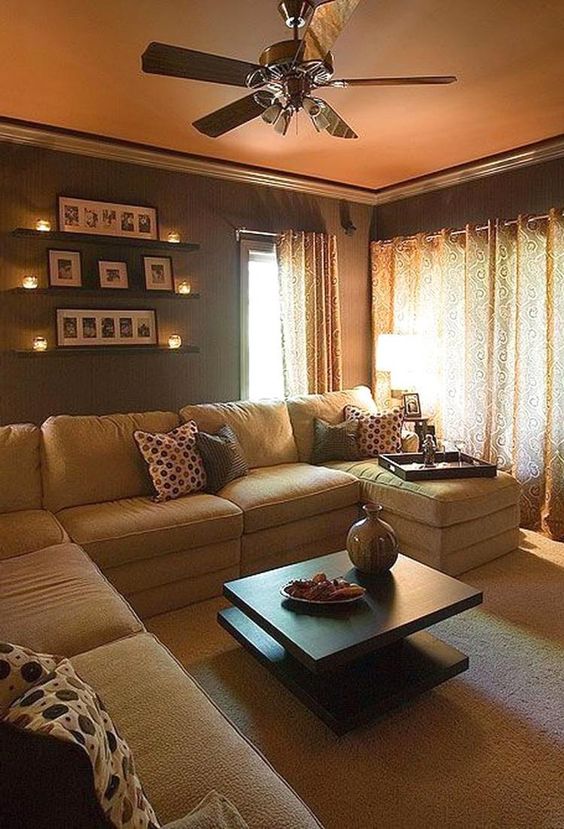




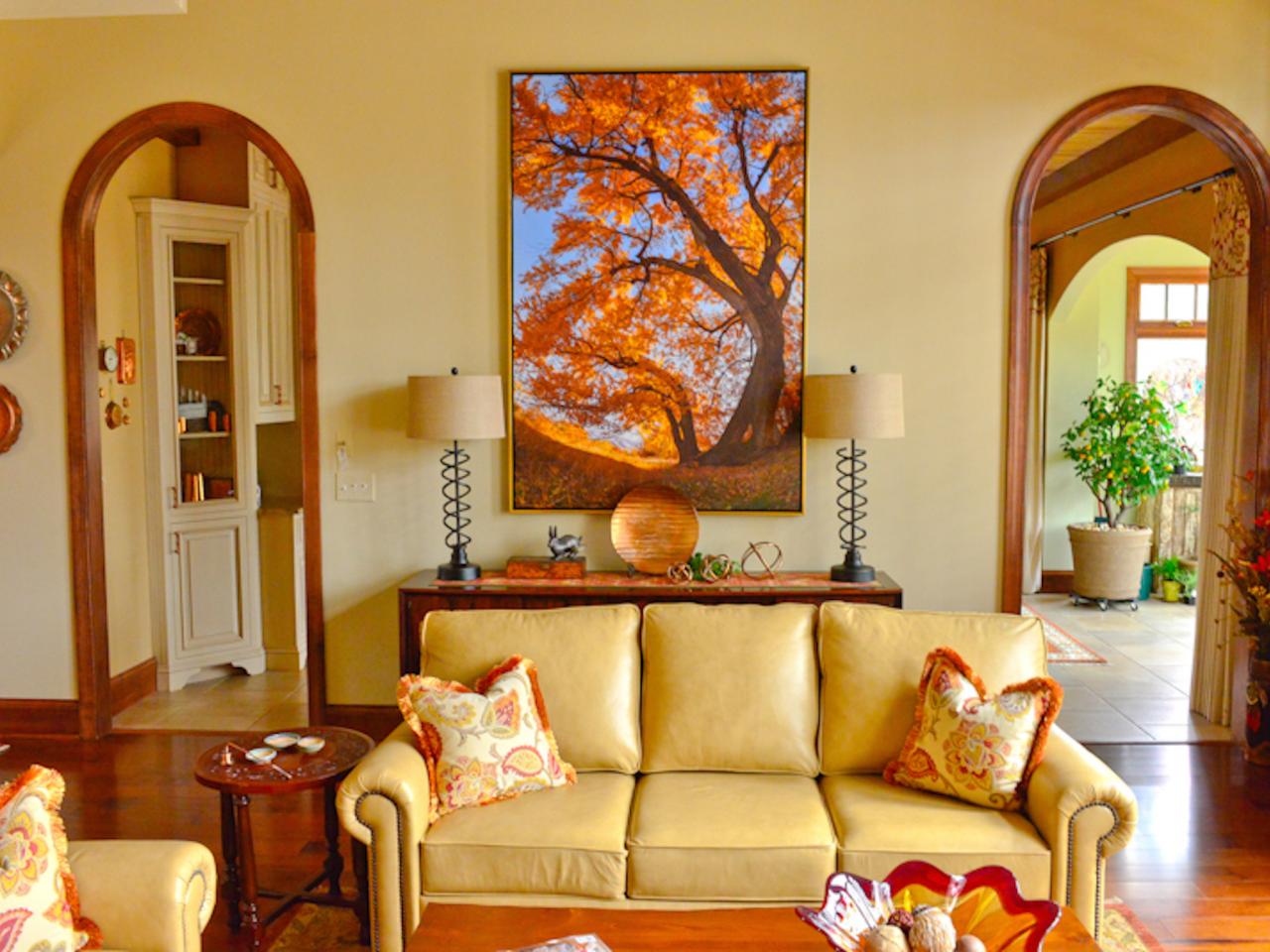

/Cozy-Living-Room-in-Paris-Anna-Duval-589f7c175f9b58819c7e8e0e.png)


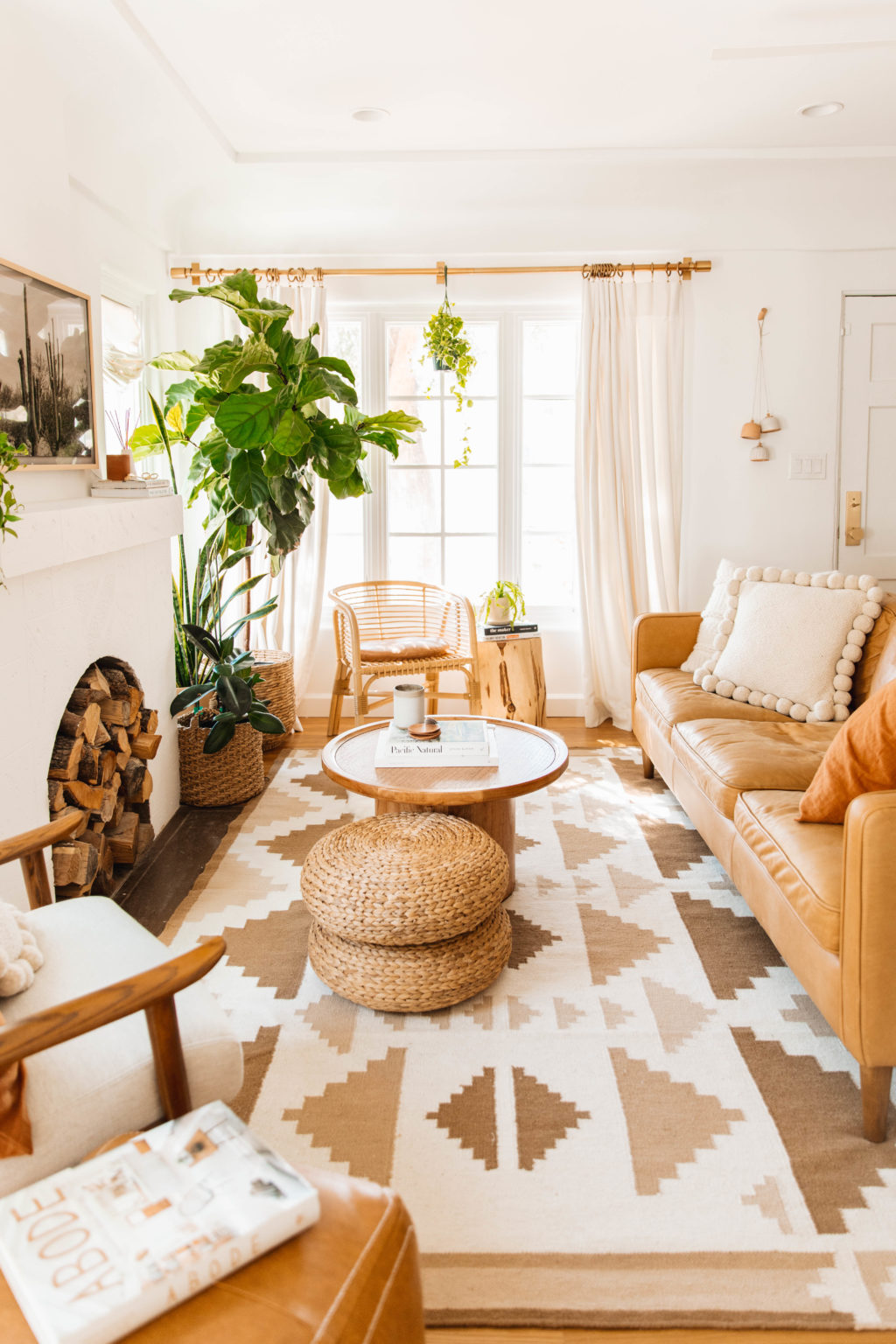



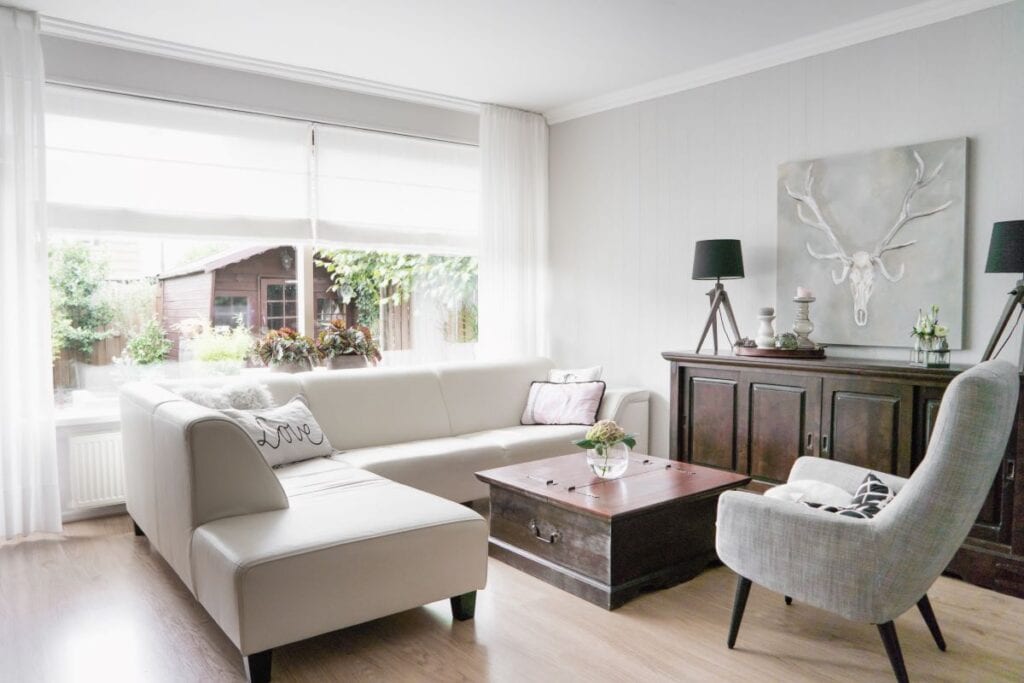

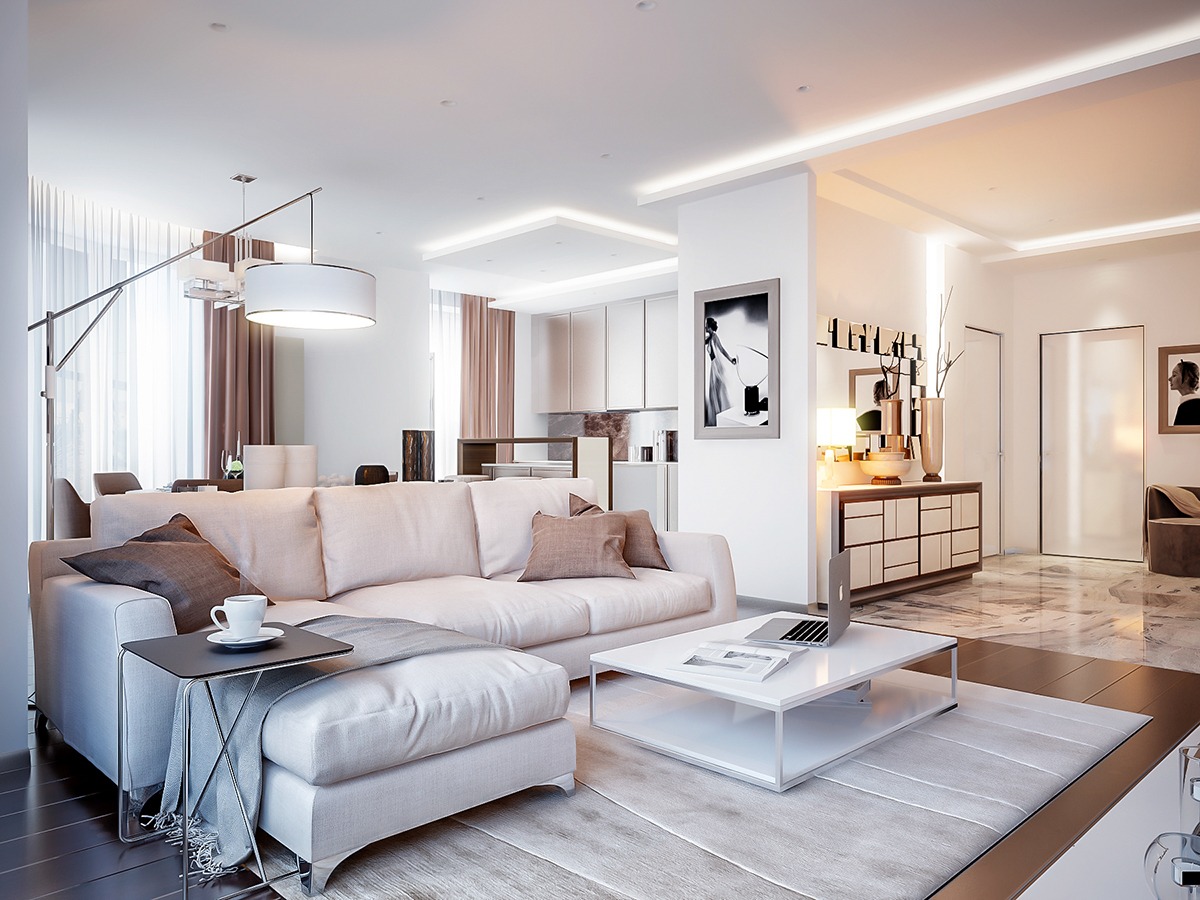

:max_bytes(150000):strip_icc()/clark_Kensington_neutrals-57db7f2e5f9b5865164b7baa.png)




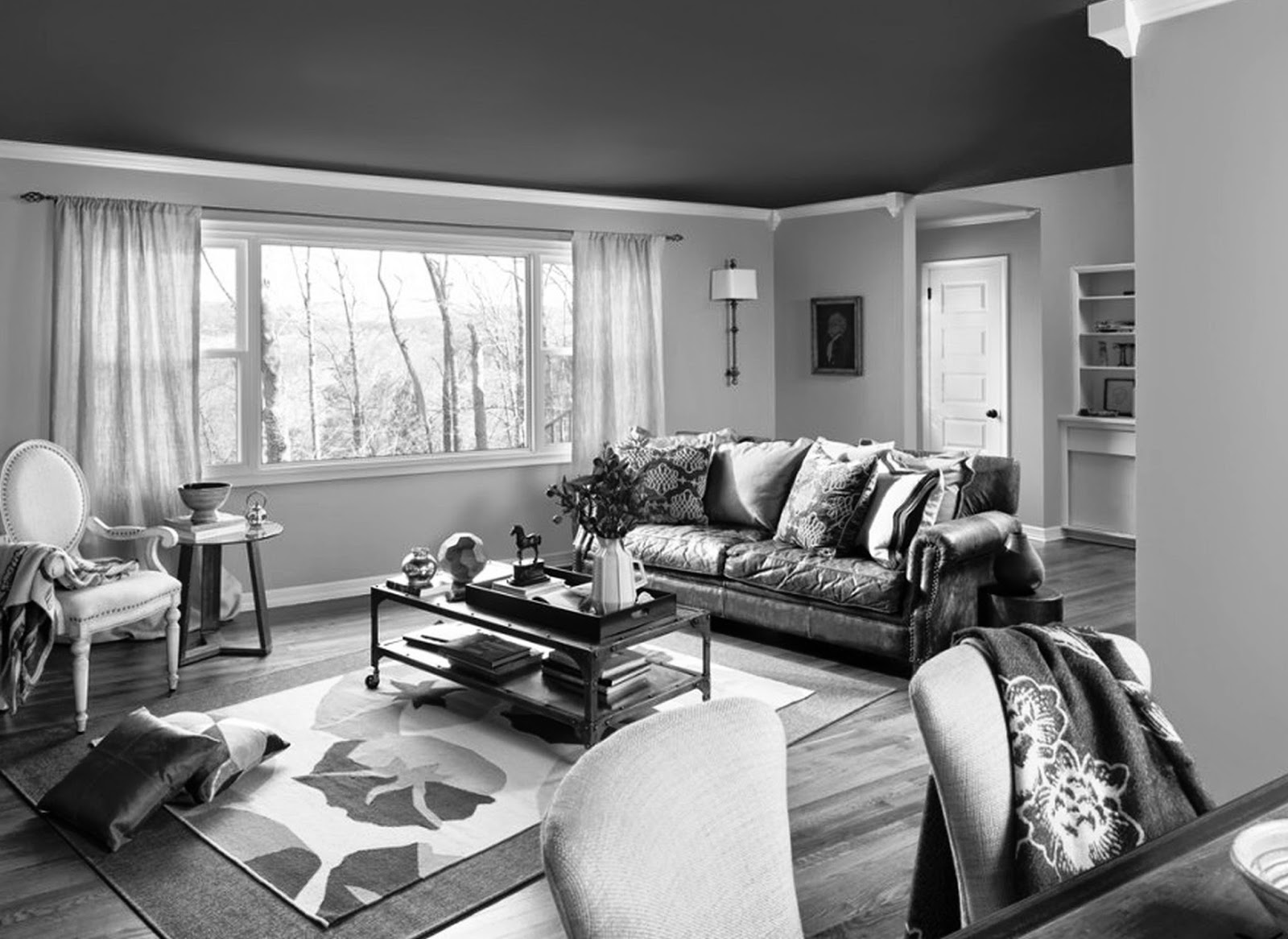



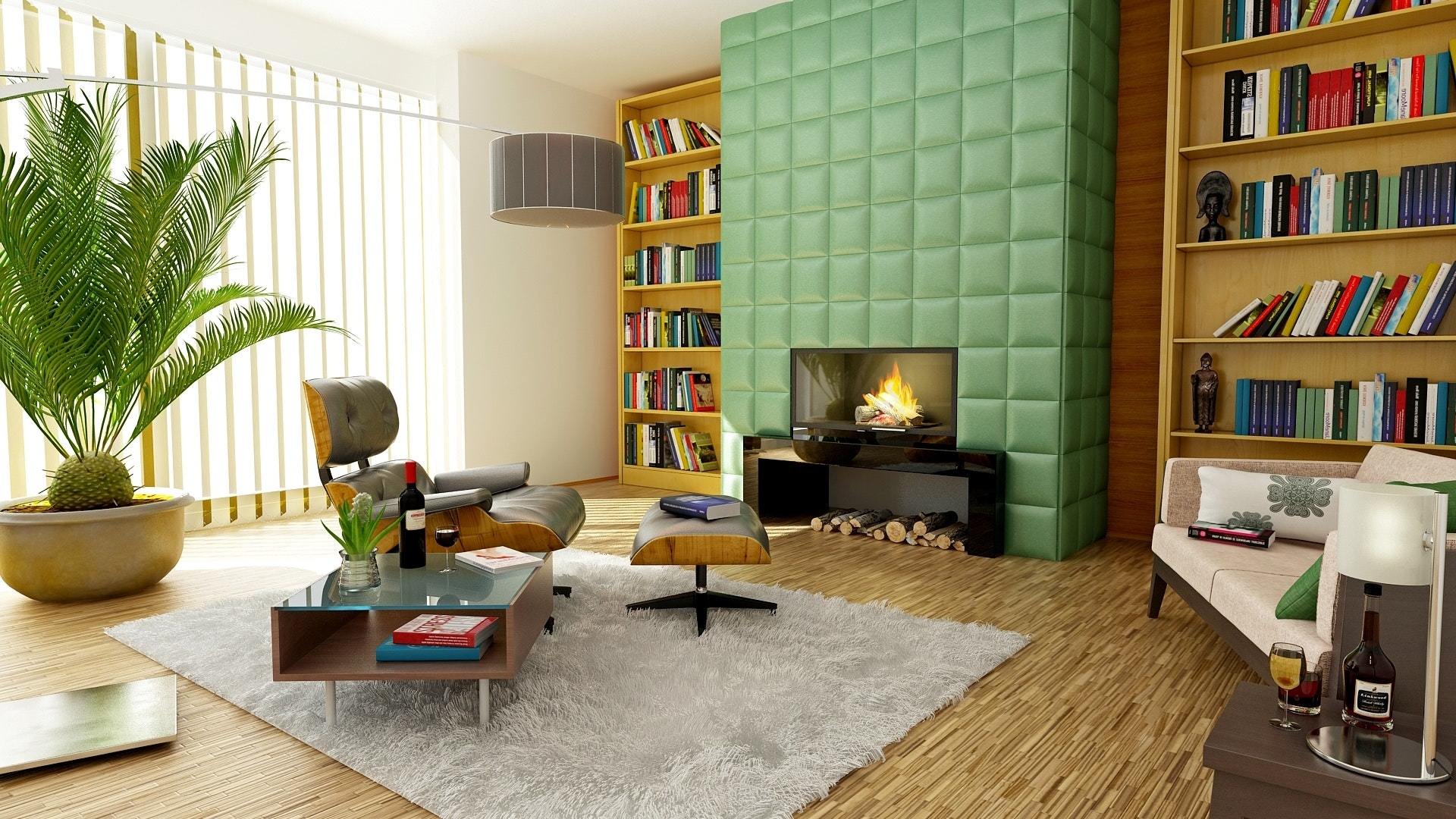


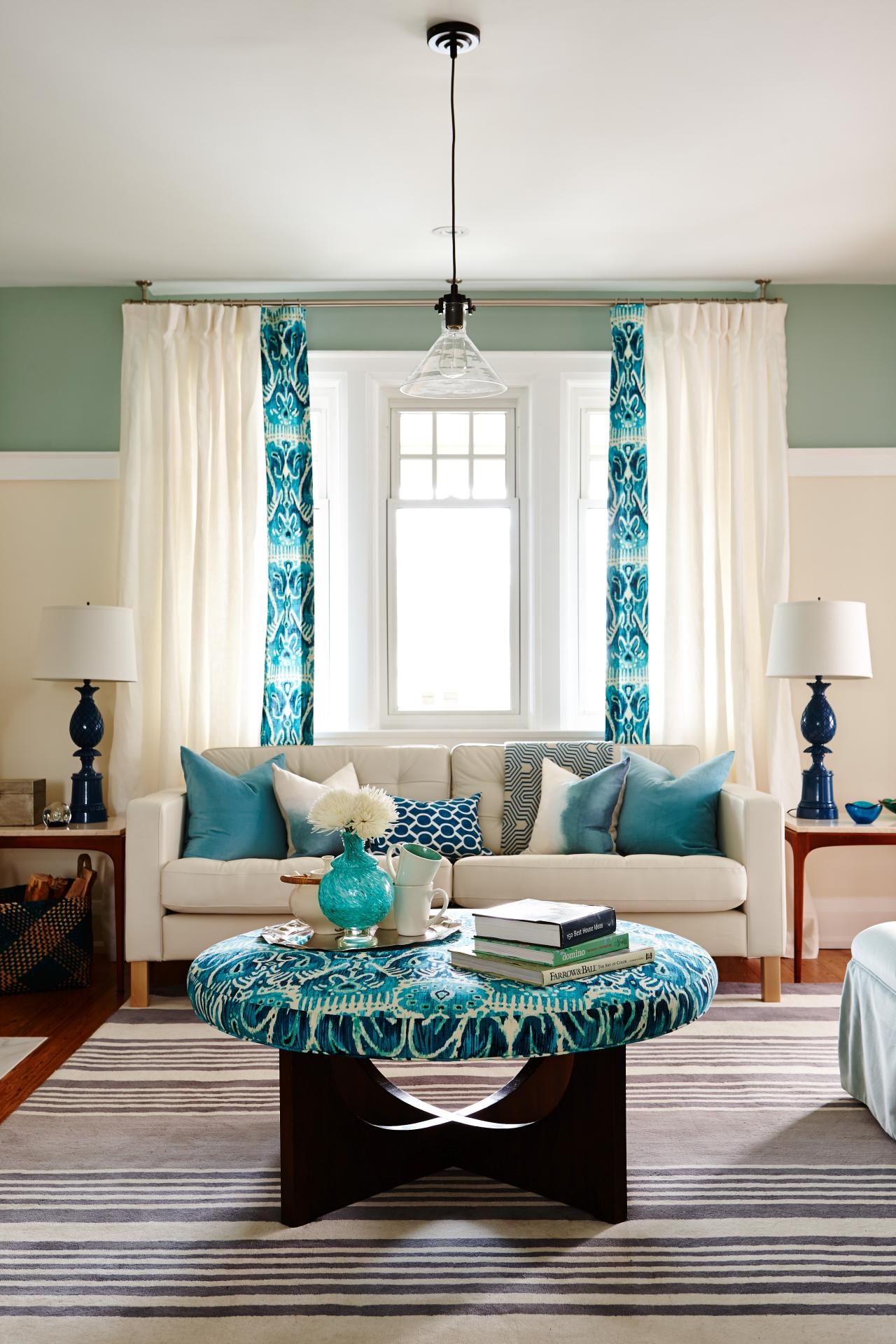

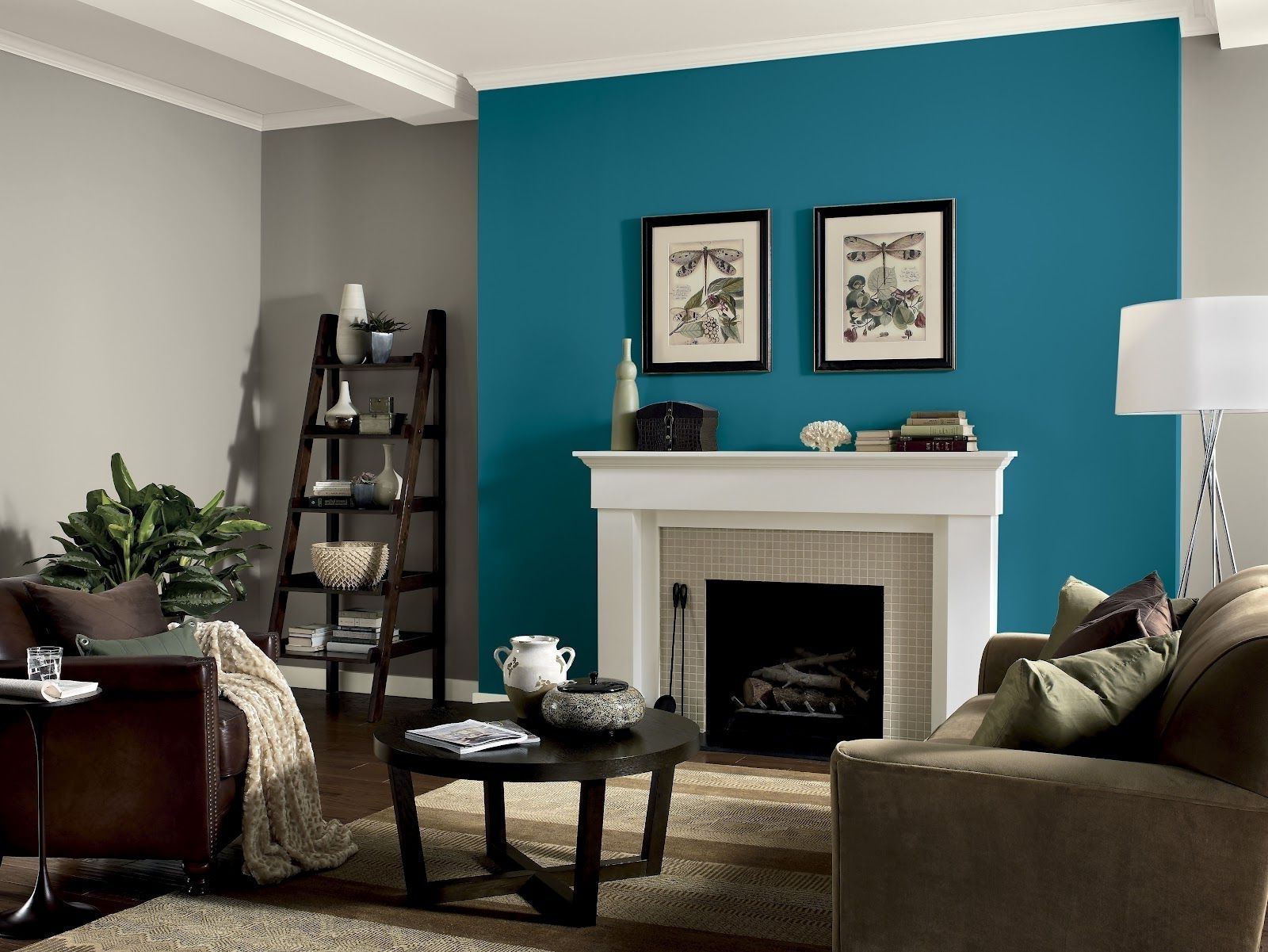

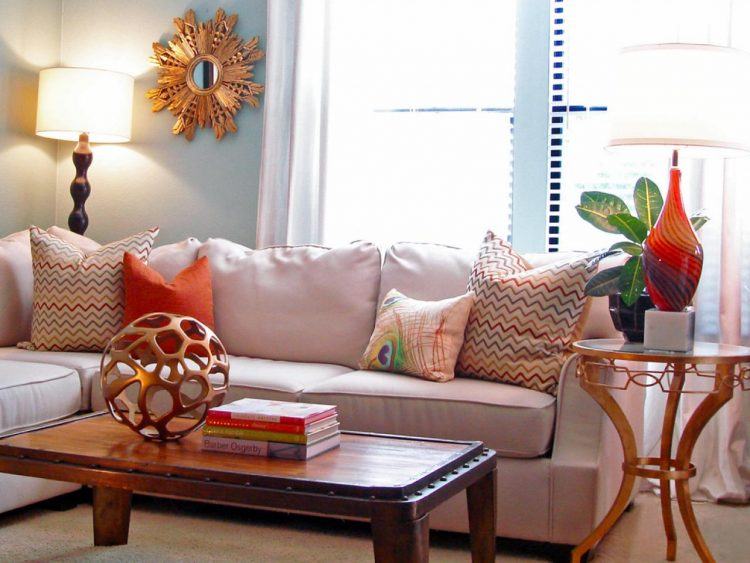
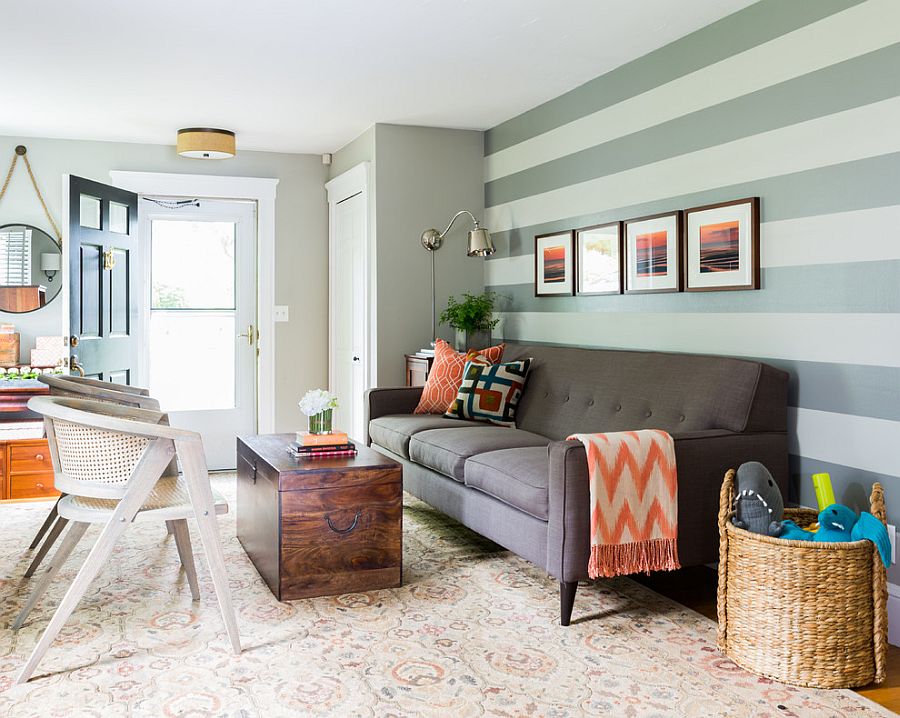
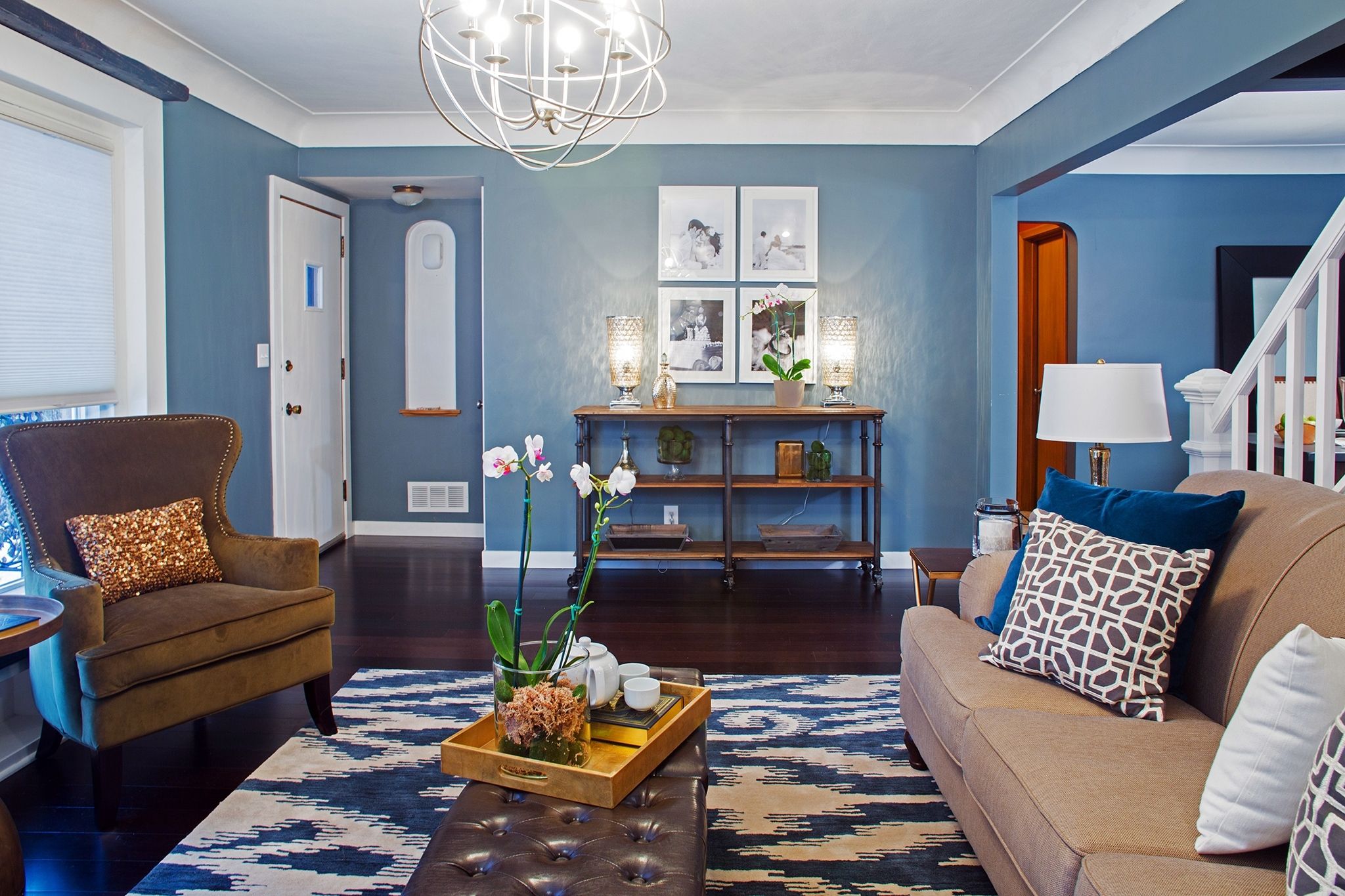
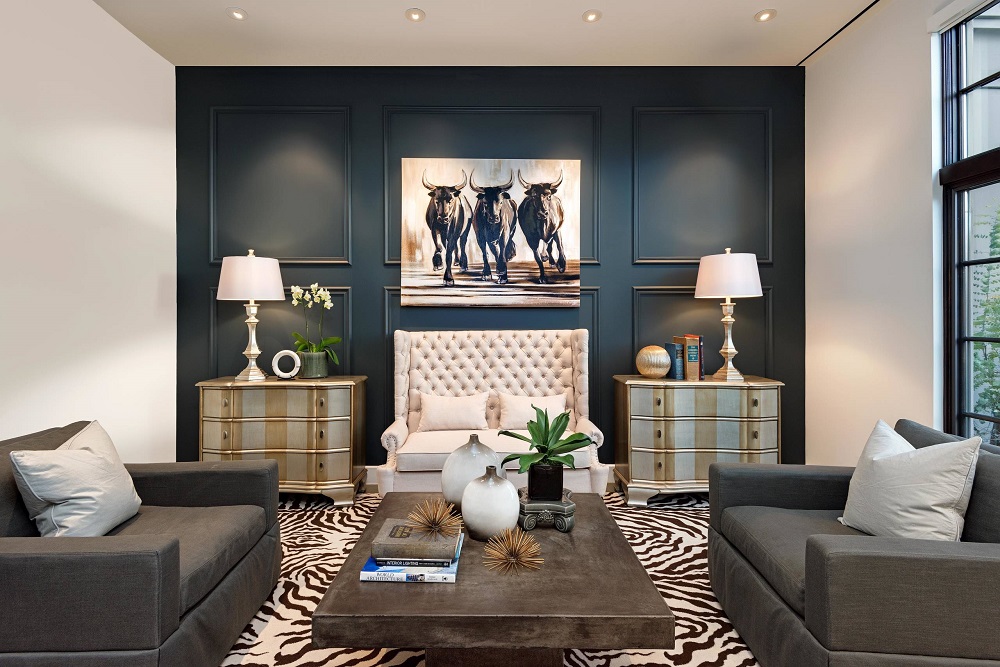



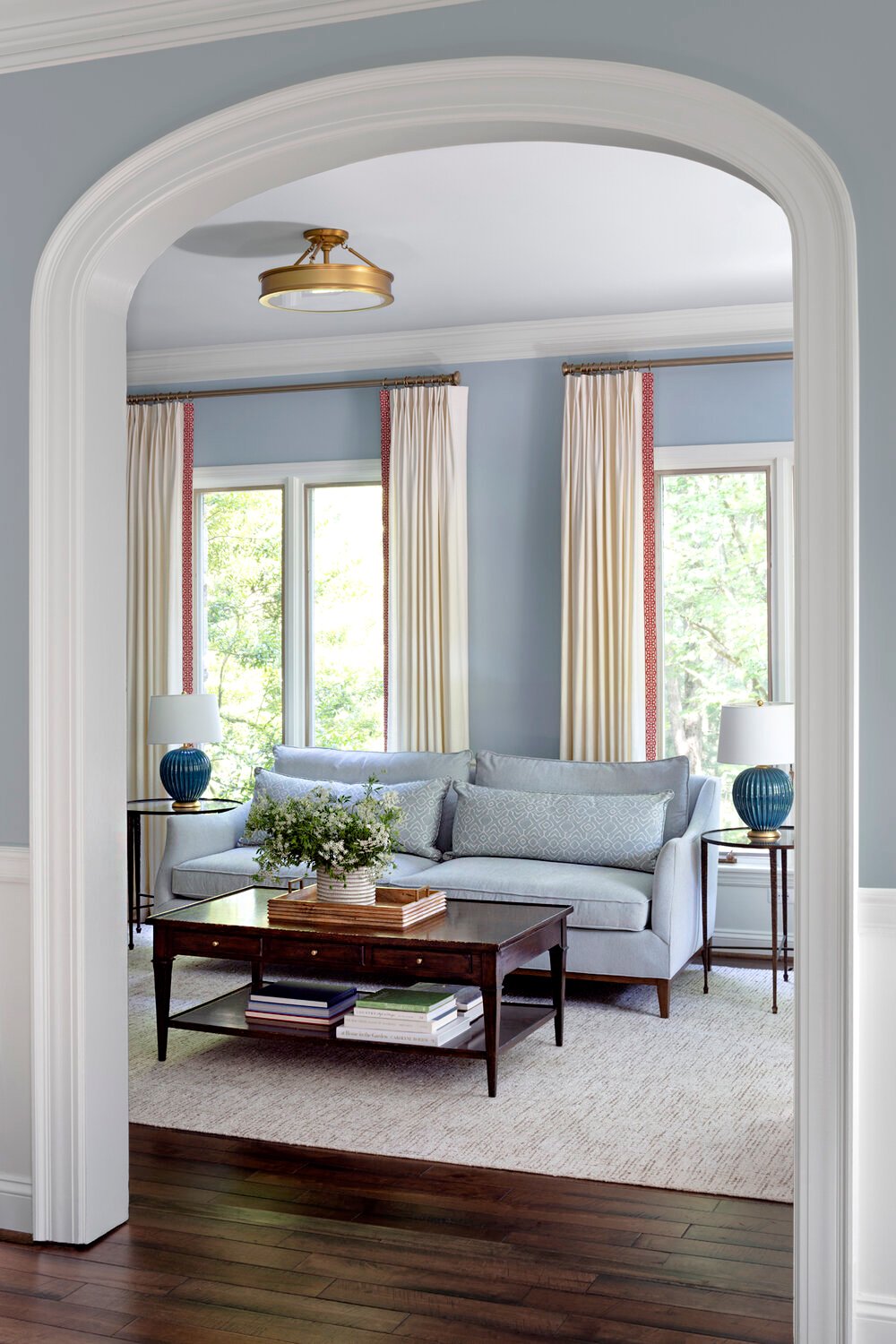


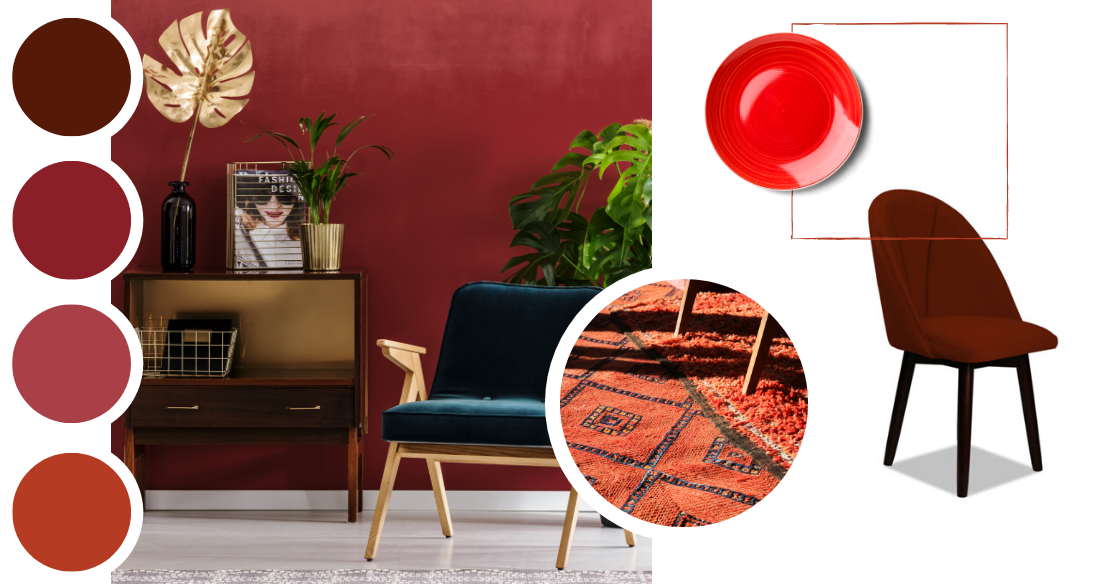
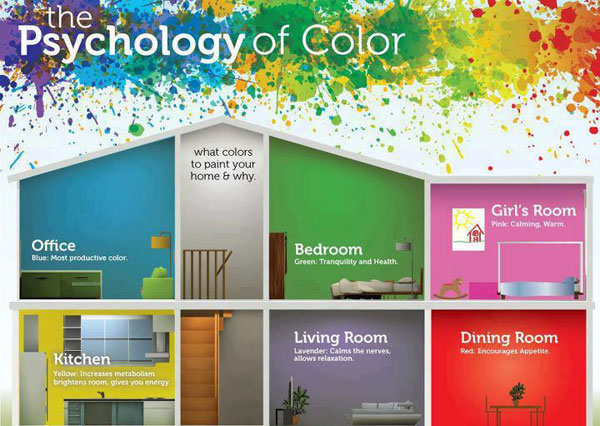
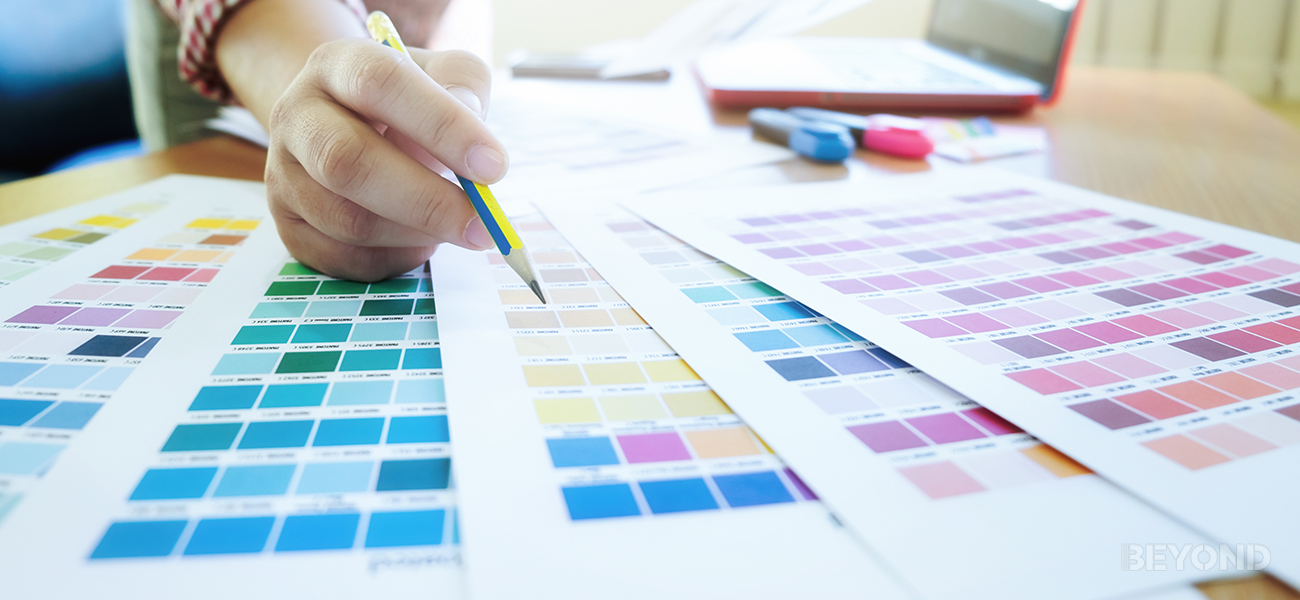

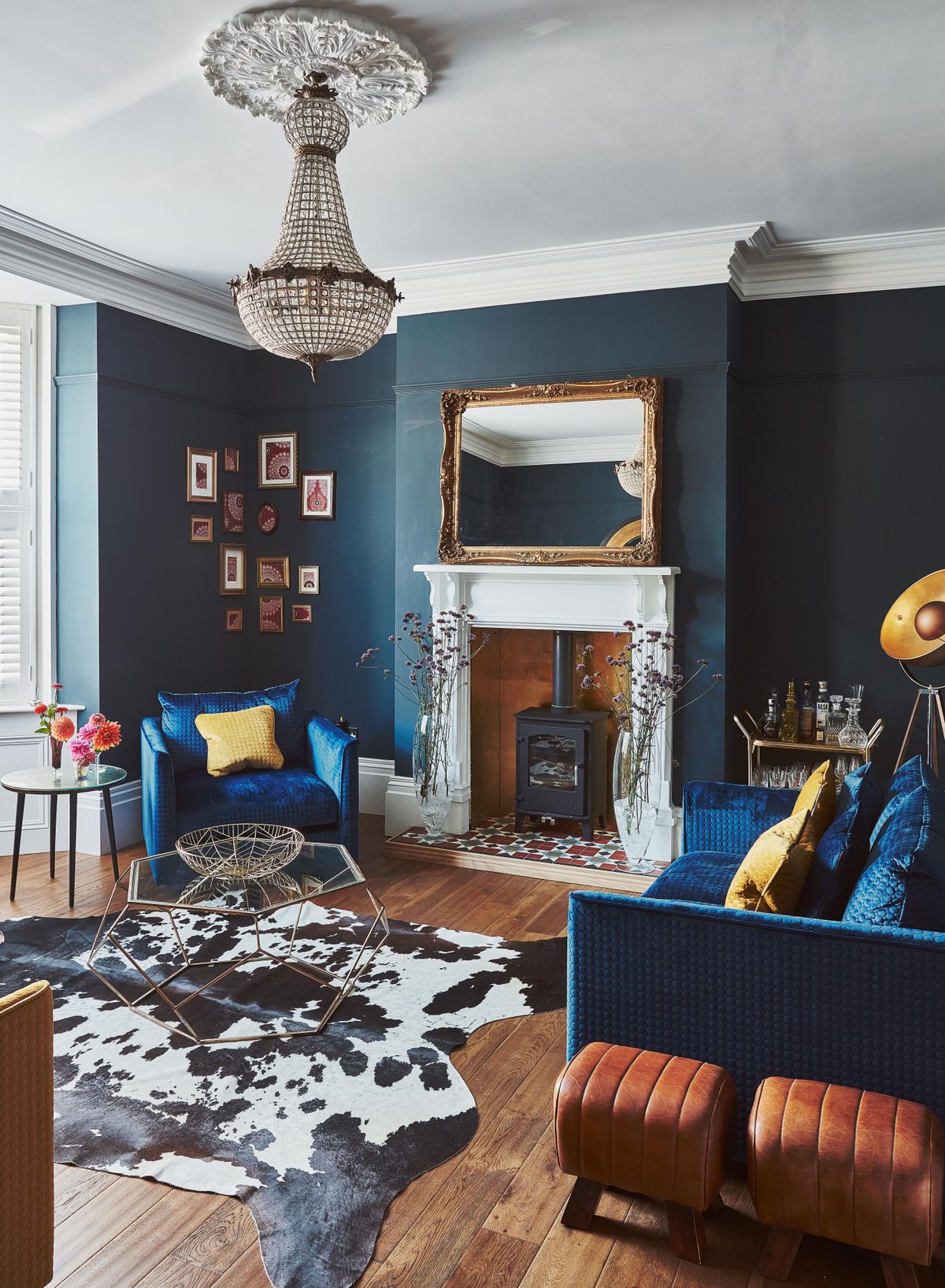

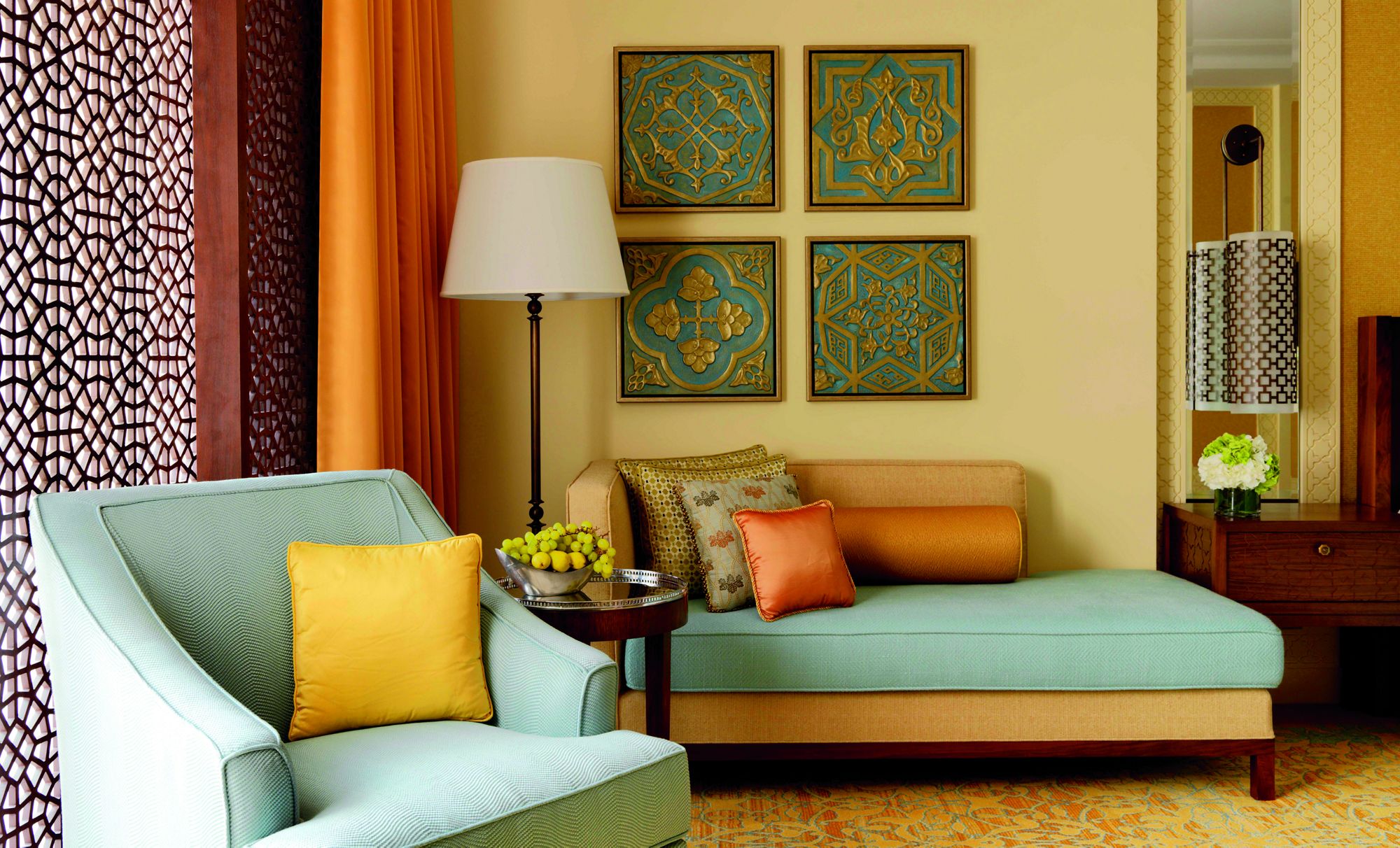

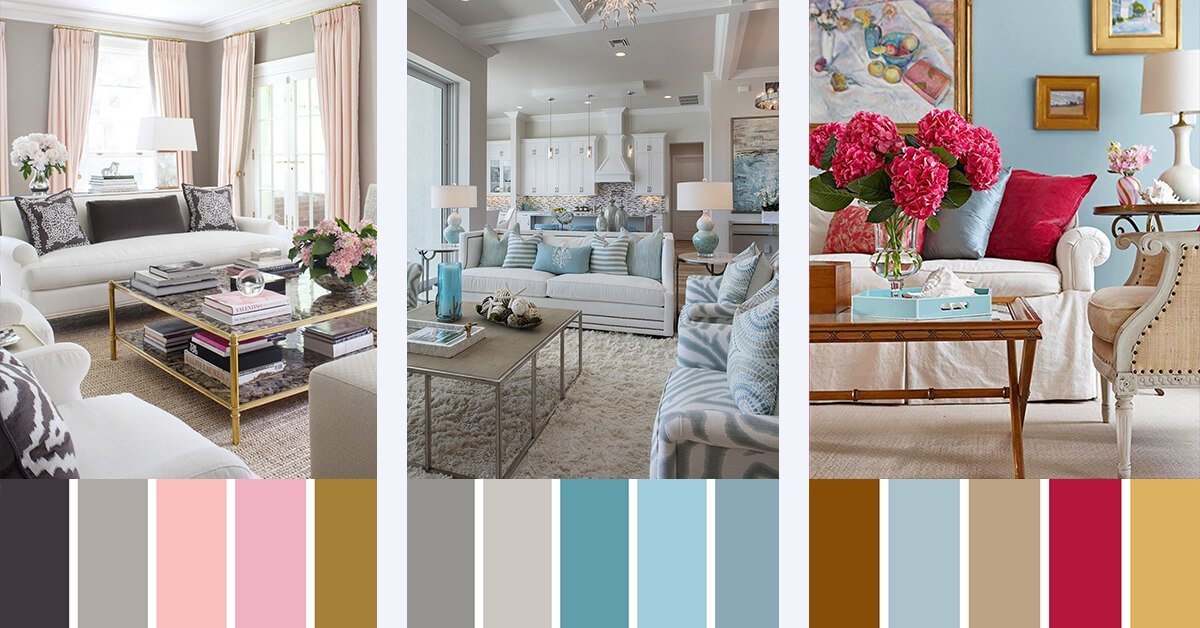

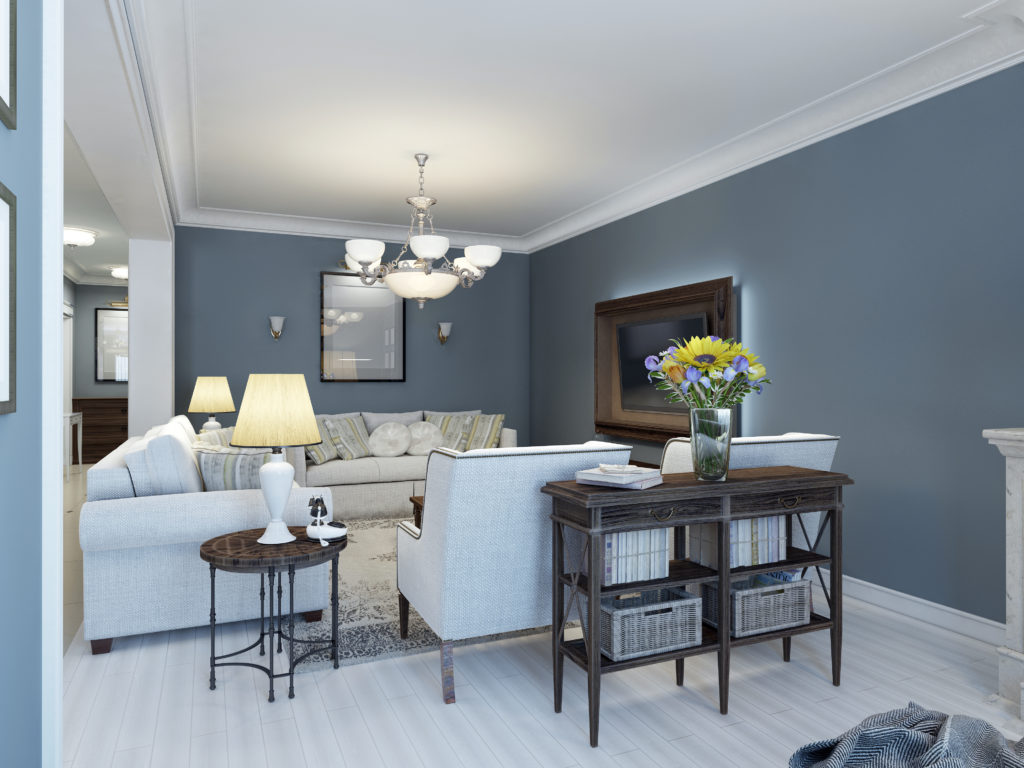
/StraightOn-055_HERO_8BIT_WEB-5c71d4b5c9e77c000149e4ea.jpg)

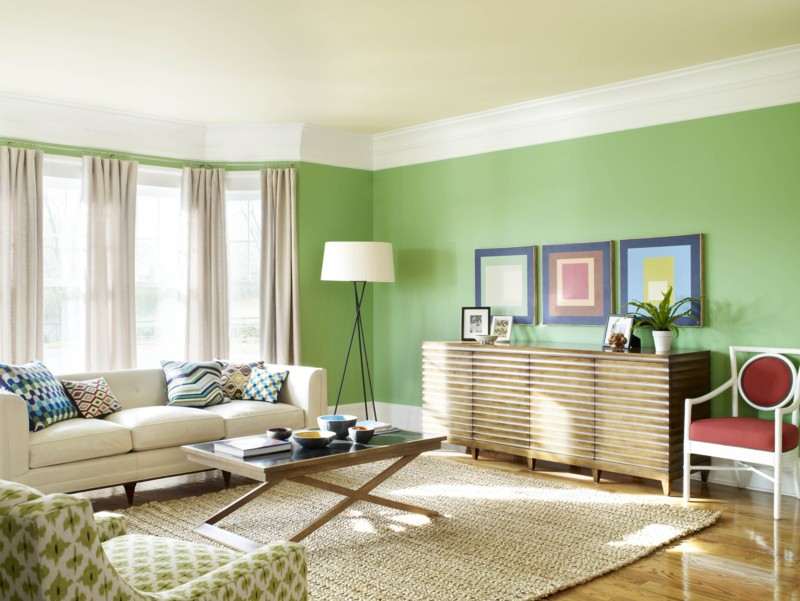
/169789002-58a723d63df78c345b930ec6.jpg)

